Stained concrete floors merge robustness with artistic expression to deliver flooring that is as functional as it is beautiful. By chemically reacting stains—either acid- or water-based—with the concrete surface, these finishes produce variegated, translucent color effects that cannot be replicated by paints or overlays. With proper surface preparation, application techniques, and sealing, stained concrete can last decades under heavy traffic, making it an eco-friendly choice that reduces material waste and replacement cycles. Options range from subtle earth tones to vibrant pigments, and decorative methods like stamping, engraving, or stenciling allow for limitless customization. Whether installed as a DIY weekend project or by professional contractors, understanding stain types, preparation steps, and maintenance needs is crucial to achieving a durable and visually striking floor.
1. What Are Stained Concrete Floors?
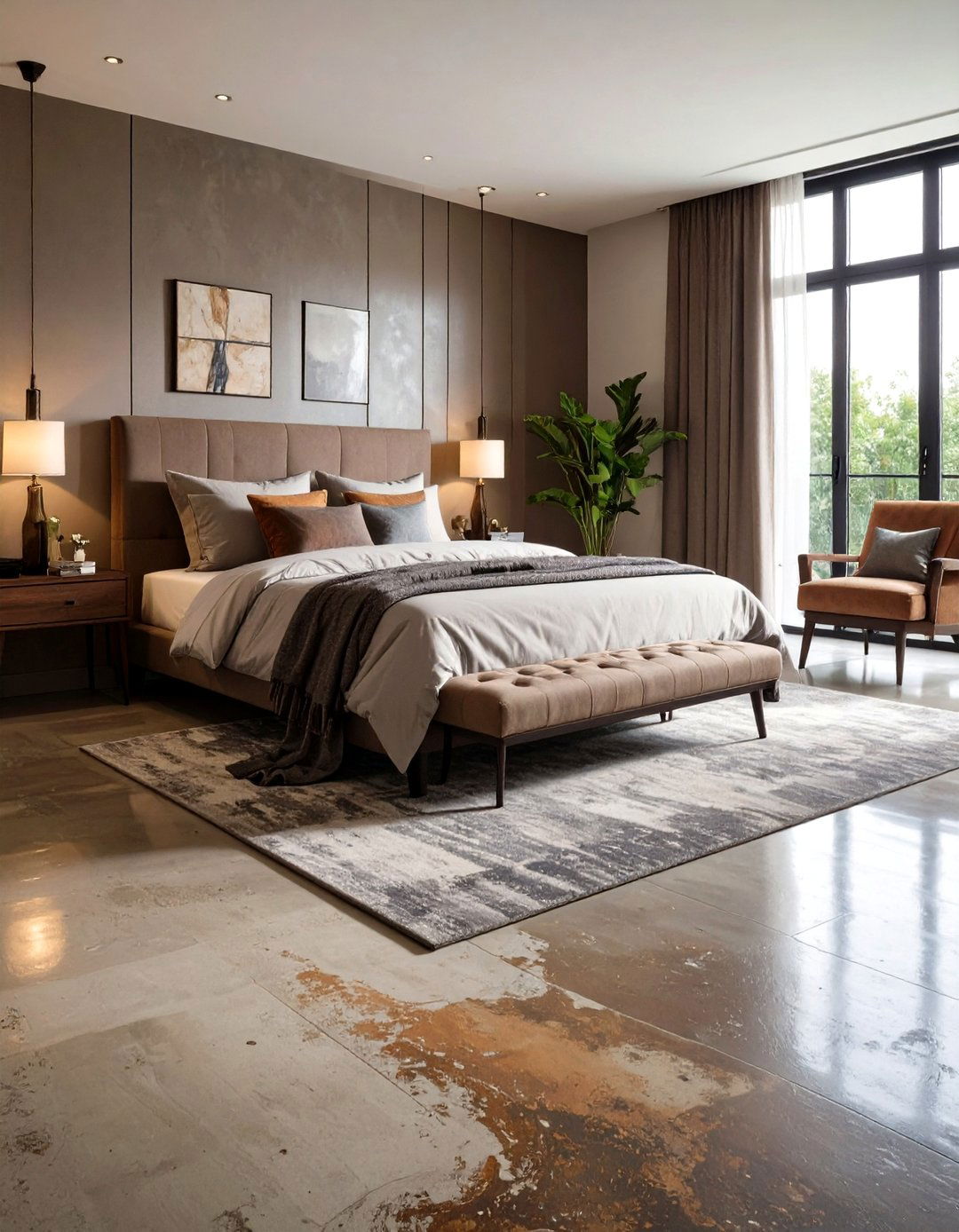
Stained concrete floors are finished surfaces created by applying chemical stains to cured concrete slabs, where the stains penetrate and react within the pores to produce permanent coloration. Unlike surface paints, these stains form a durable bond that won’t peel or flake, while allowing the natural texture of concrete to show through. The result is a mottled, variegated appearance that varies in tone and depth across the floor, giving each installation a unique character. Common uses include residential basements, commercial showrooms, patios, and pool decks, where their durability and low maintenance make them especially appealing.
2. History and Evolution

Staining concrete emerged in the 1970s as a cost-effective alternative to terrazzo and epoxy coatings, providing architects and designers new avenues for decorative concrete. Early acid stains, formulated with metallic salts and acids, achieved the first vibrant, reactive finishes, though color palettes were initially limited to earth tones. Over time, water-based stains and synthetic dyes expanded the spectrum to include brighter and more consistent hues, while advancements in sealers enhanced gloss levels and wear resistance. Today’s market offers both reactive and non-reactive options, plus specialized products for applications like high-traffic commercial environments or outdoor patios.
3. Types of Stains
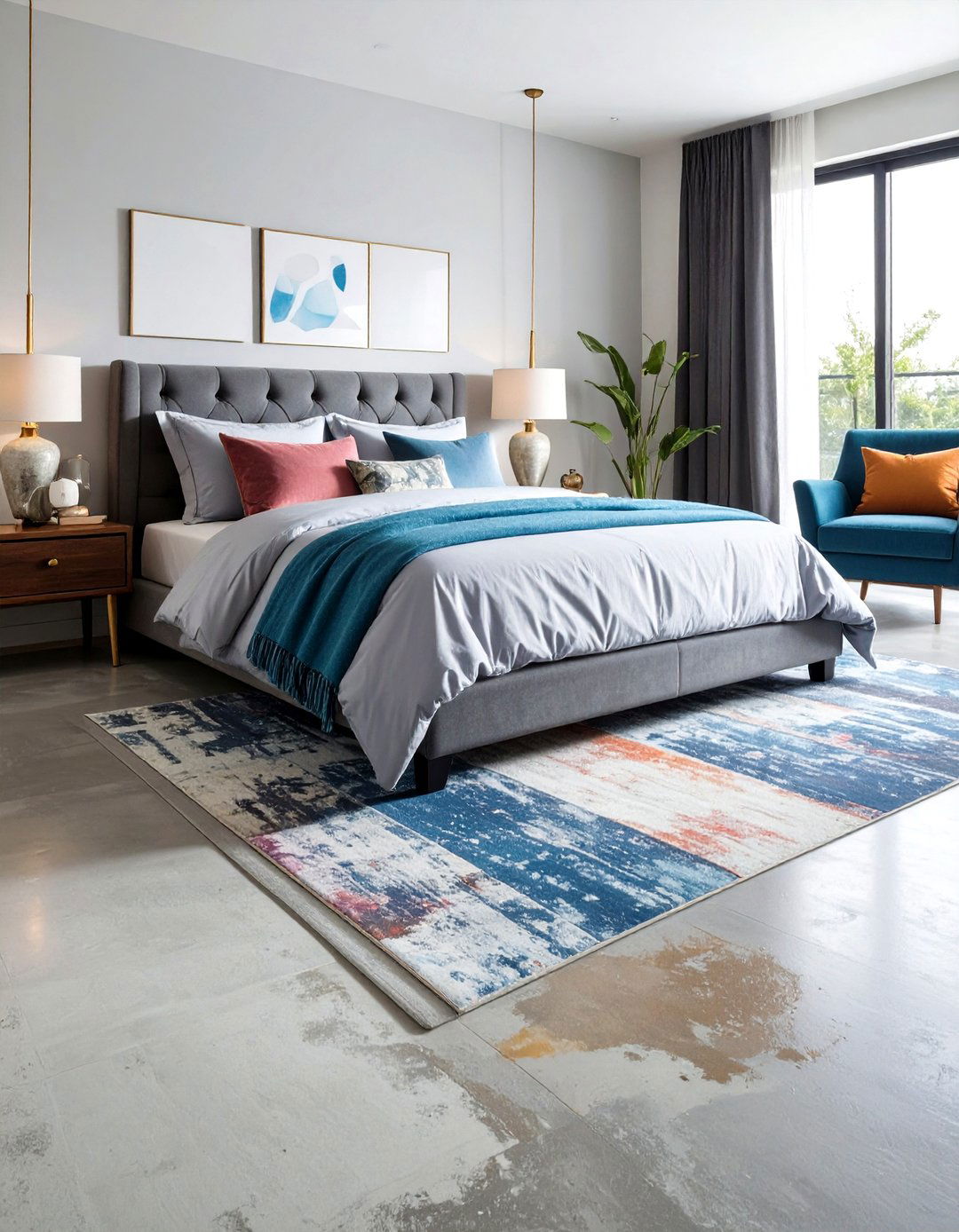
Concrete stains fall into two main categories: reactive (acid-based) and non-reactive (water-based). Acid-based stains chemically etch the concrete surface, creating translucent hues with natural variegation that highlights the slab’s inherent imperfections. Water-based stains, by contrast, deposit pigments into the pores without chemical reaction, yielding more uniform tones and a broader color range. Both types can be layered or combined with dyes to achieve custom blends, while metallic effect stains offer shimmering finishes for upscale installations.
4. Acid-Based Stains
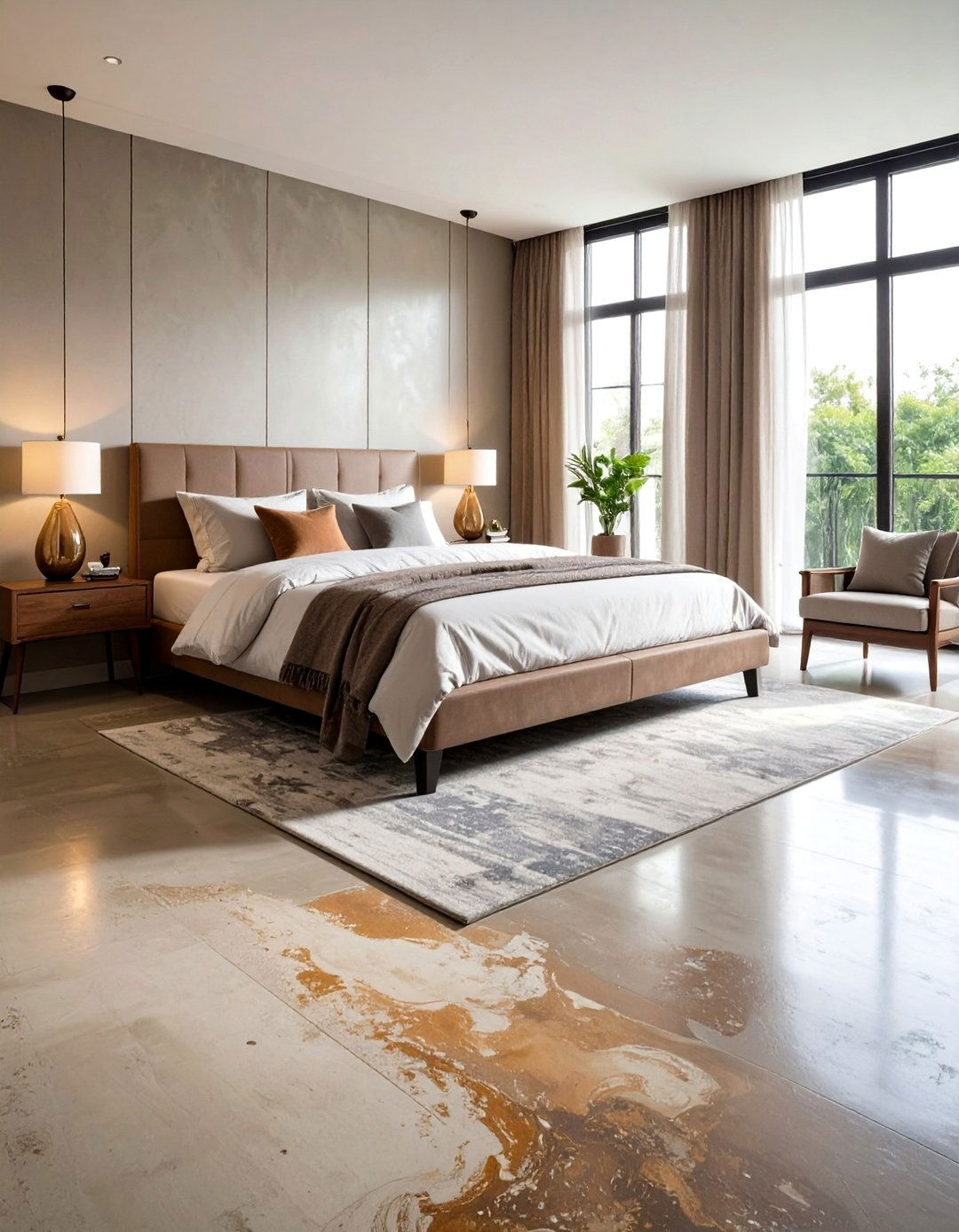
Acid-based stains rely on a mixture of water, inorganic acids, and metallic salts that react with the concrete’s lime content to form colored compounds within the pores. The application yields rich, translucent earth tones like terra cotta, ochre, and slate, with a unique mottled look that varies floor to floor. Because the reaction is influenced by slab composition and porosity, precise color replication is challenging, adding to each project’s one-of-a-kind character. Acid stains require careful neutralization and thorough rinsing after the reaction to remove surface residue before sealing.
5. Water-Based Stains
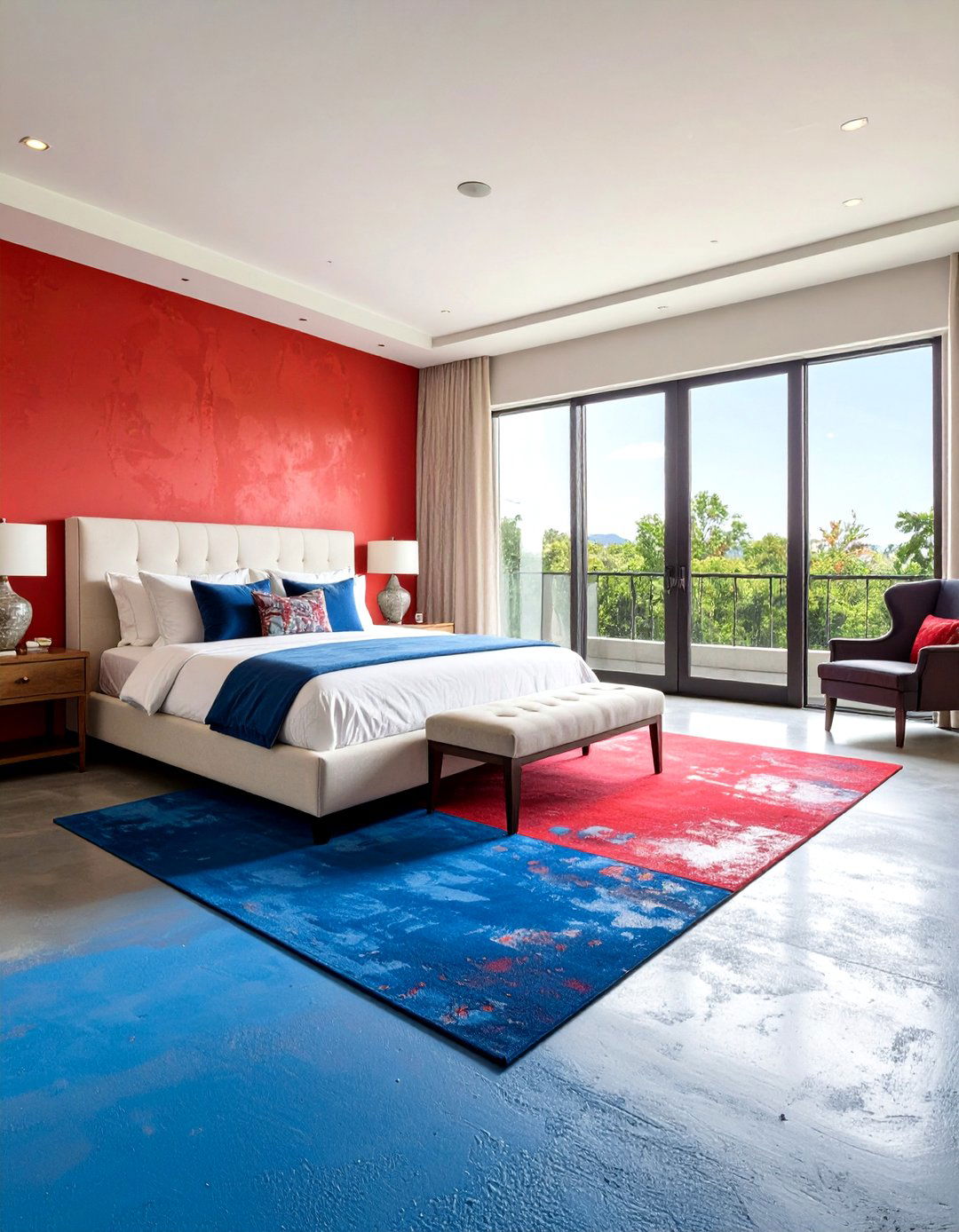
Water-based stains, composed of acrylics or urethanes with suspended pigments, penetrate the concrete but do not chemically alter it. This non-reactive approach produces consistent, predictable colors, including vibrant reds, blues, and pastels not possible with acid stains. Additionally, water-based stains emit fewer volatile organic compounds (VOCs), making them a more environmentally friendly option for indoor applications. These stains also dry more quickly and allow for rapid recoating, streamlining multi-color and layered designs.
6. Dye Stains vs. Pigmented Stains
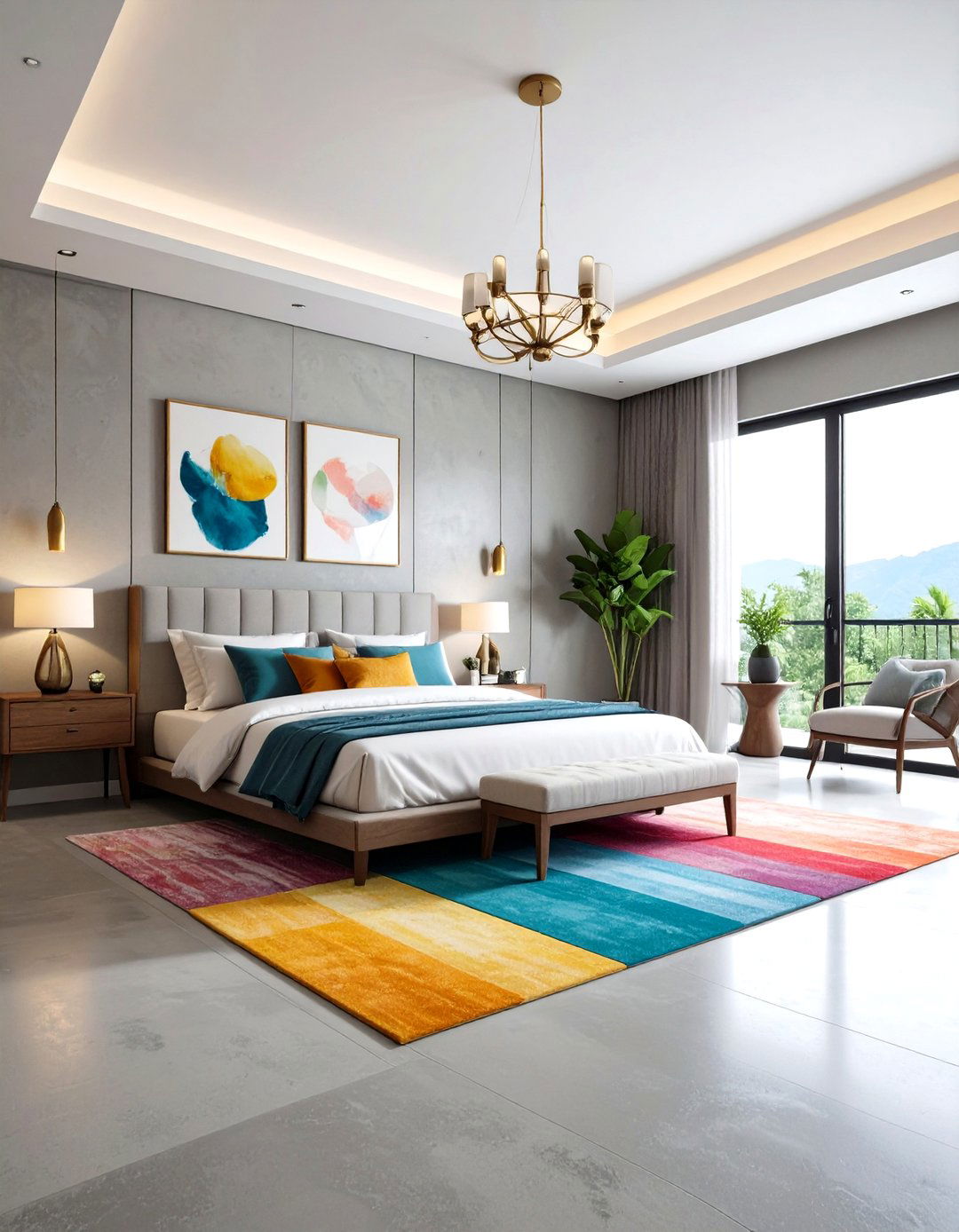
Dye stains are solvent-based products that reside near the surface, offering vivid, translucent color ideal for polished concrete, whereas pigmented stains (acid or water-based) bond more deeply for durable, opaque color. Dyes can accentuate the micro-texture of polished or honed slabs, but they fade faster under UV exposure and foot traffic unless sealed with UV-protective coatings. Conversely, pigmented stains provide longer-lasting color, better fade resistance, and broader design flexibility at the expense of subtle translucency.
7. Color Options and Customization
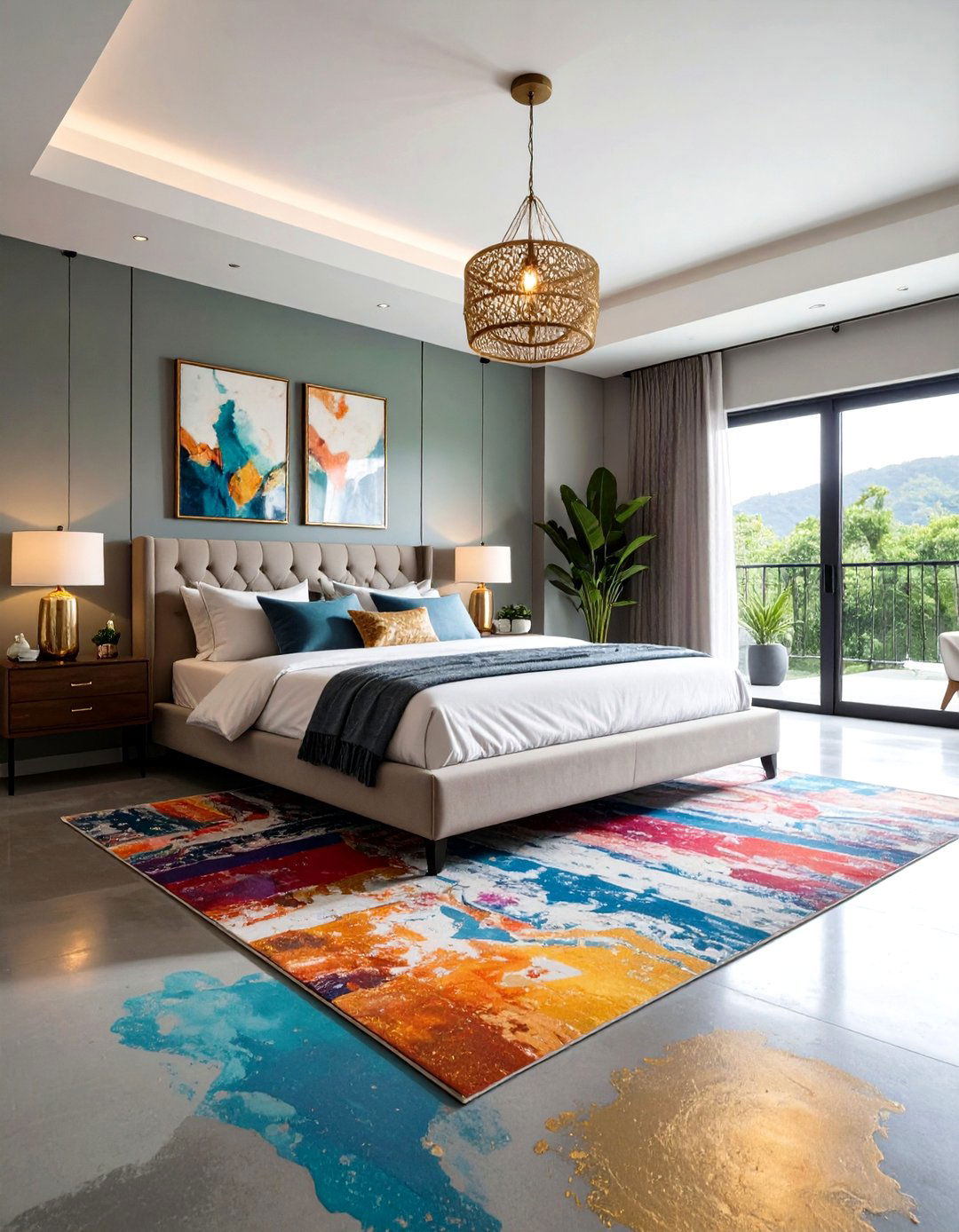
Stained concrete offers nearly limitless color possibilities, from muted neutrals to bold jewel tones, thanks to the blendability of stains and dyes. Custom color mixing allows matching corporate branding, interior decor, or landscape themes, while metallic additives reflect light for a lustrous effect. Techniques like layering different stain types or using stencils can produce faux finishes resembling marble, wood grain, or tile grout lines. For precise color planning, creating sample boards with proposed mixtures is highly recommended.
8. Design Techniques and Patterns
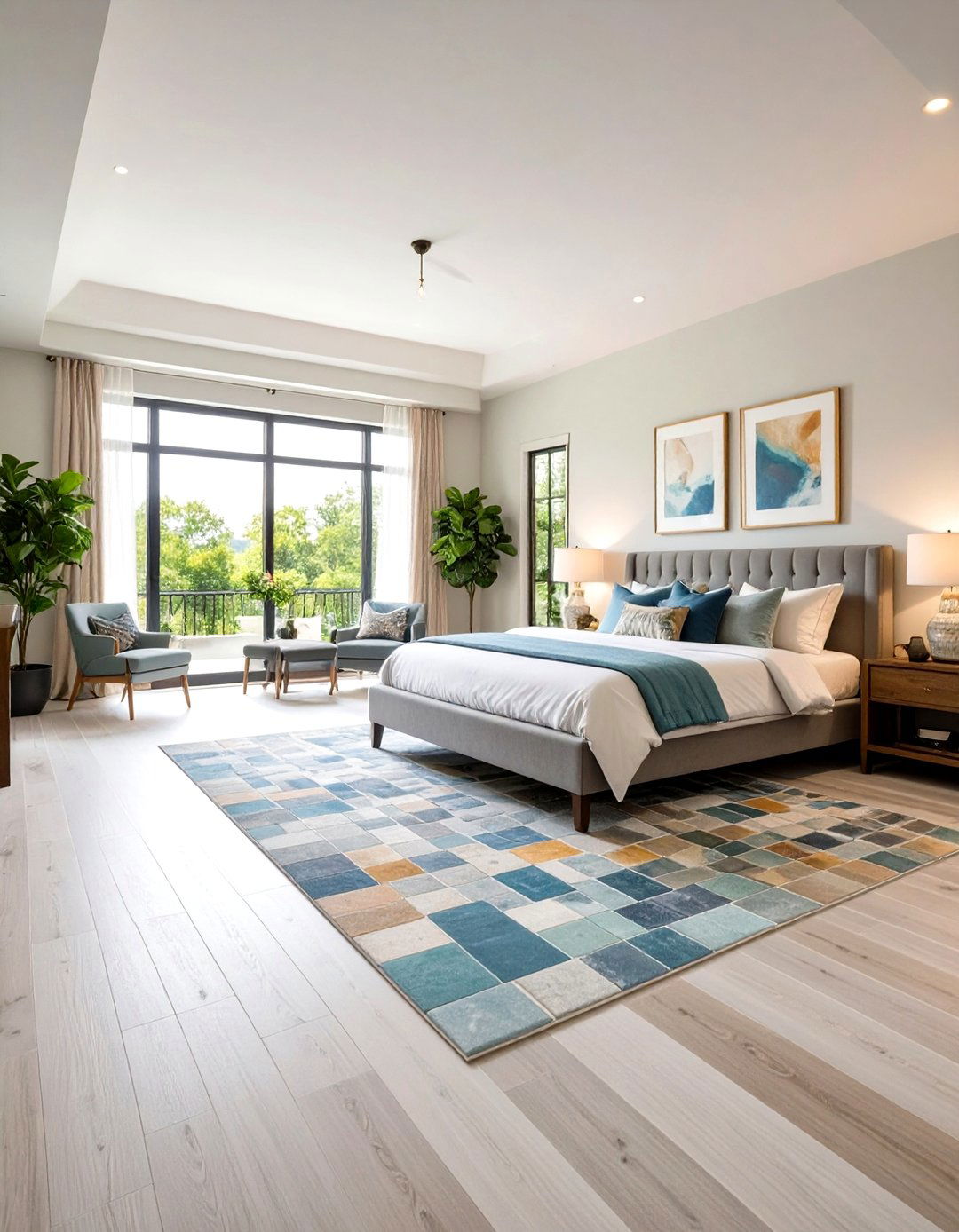
Beyond solid coloring, stained concrete supports advanced decorative methods like stamping, engraving, and stenciling to add texture and pattern. Stamped overlays replicate the look of stone, brick, or wood, with stains applied before or after stamping for depth and variation. Engraving saw cuts in geometric or free-form patterns followed by staining highlights lines and adds visual interest. Stenciling with masks or tapes enables crisp graphics, logos, and borders for custom installations.
9. Surface Preparation
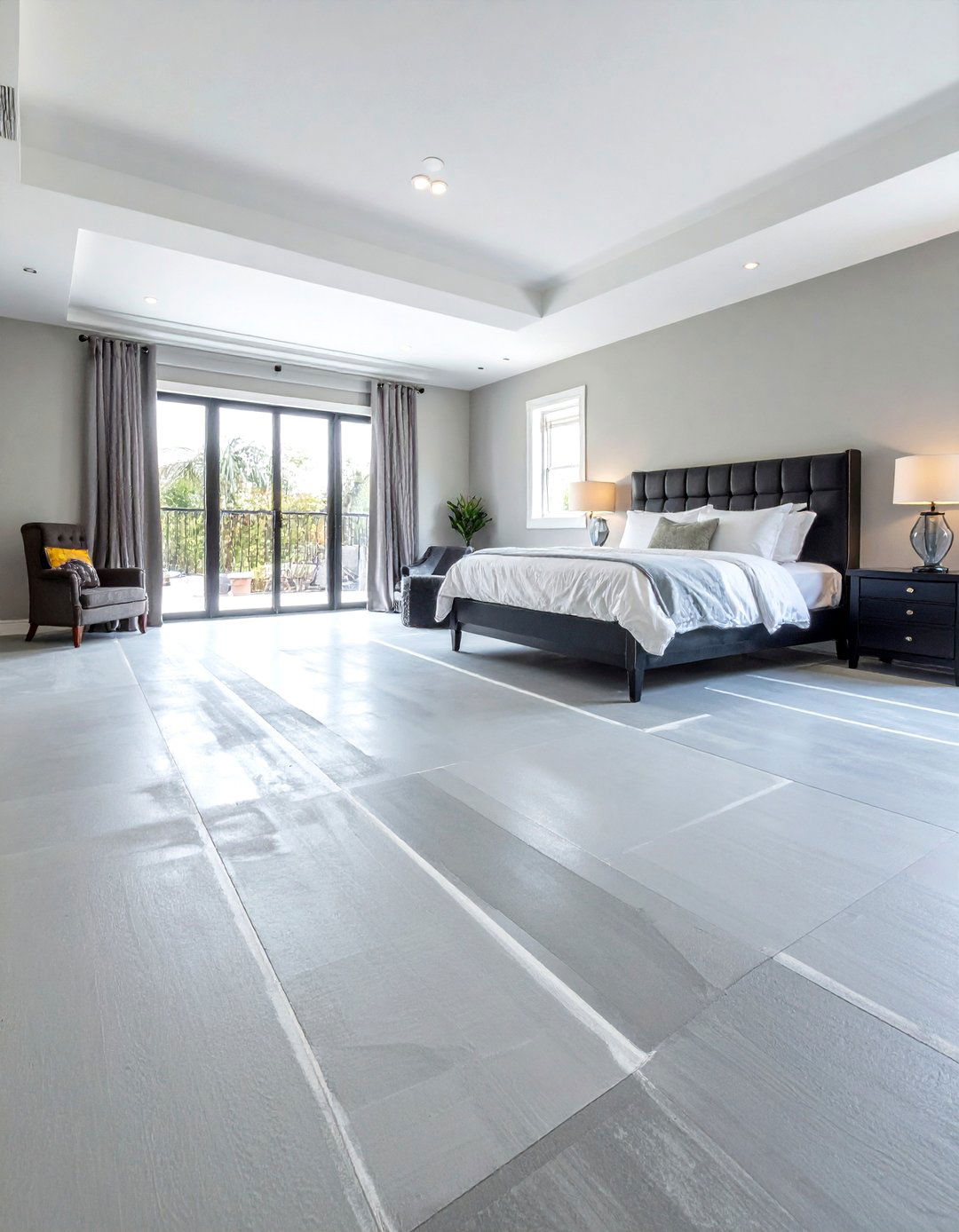
Proper surface preparation is critical for stain adhesion and uniformity; this begins with thorough cleaning to remove dirt, grease, coatings, or efflorescence. New slabs should cure at least 28 days, while existing floors may require grinding or shot blasting to open pores and ensure stain penetration. Acid stains themselves etch the surface, but pre-treatment with degreasers and neutral pH cleaners prevents blotching. Masking adjacent walls and features protects areas you do not wish to stain.
10. Application Process
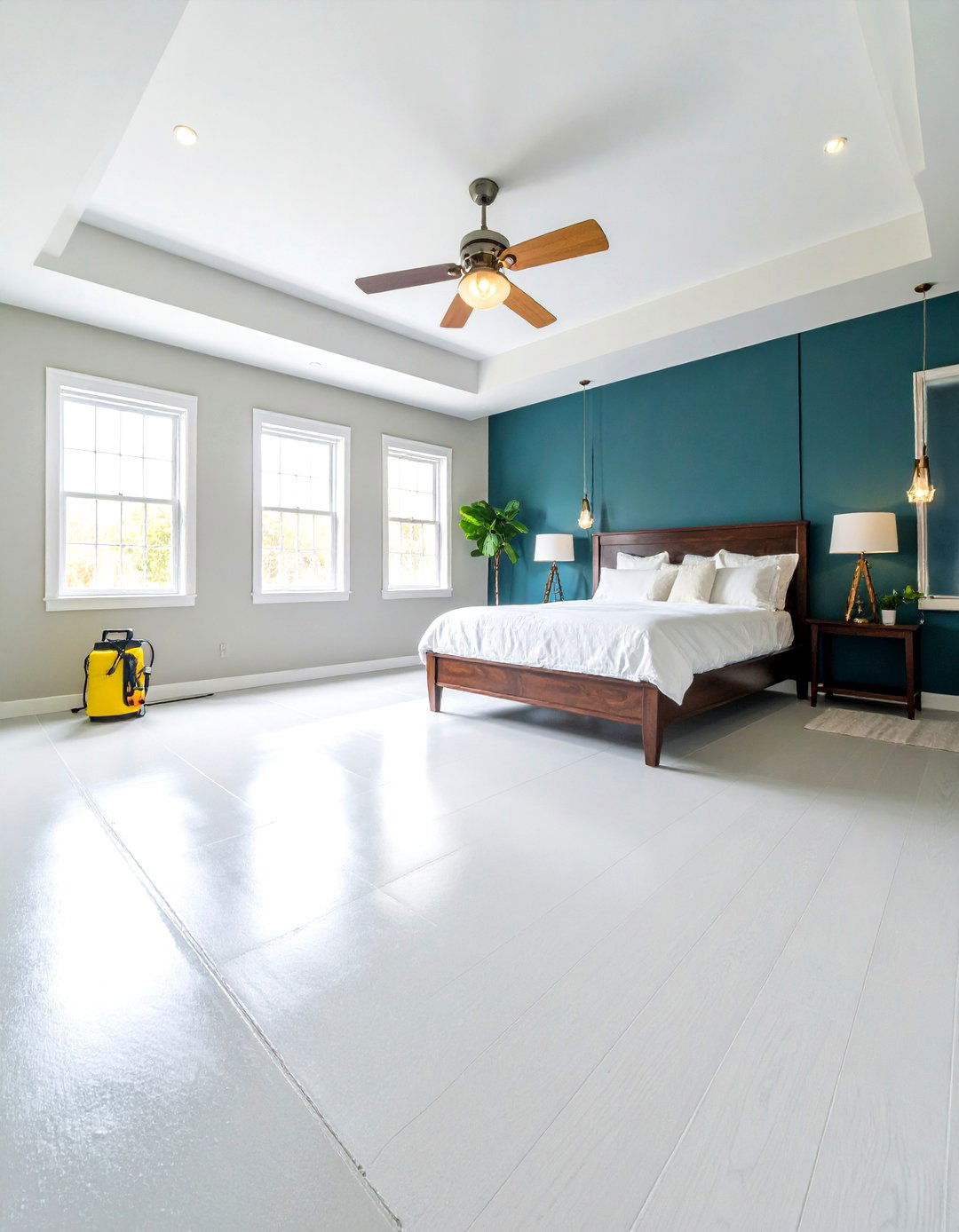
Stain application typically employs a low-pressure sprayer for even coverage, followed by back-rolling to avoid puddles and streaks. Maintaining a wet edge is essential to prevent lap marks; work in manageable sections to ensure uniform appearance. For multi-color designs, apply the lightest hues first and layer darker shades to create depth and complexity. Always test each stain on a hidden area or sample board to verify color and coverage before full-scale application.
11. Neutralization and Residue Removal
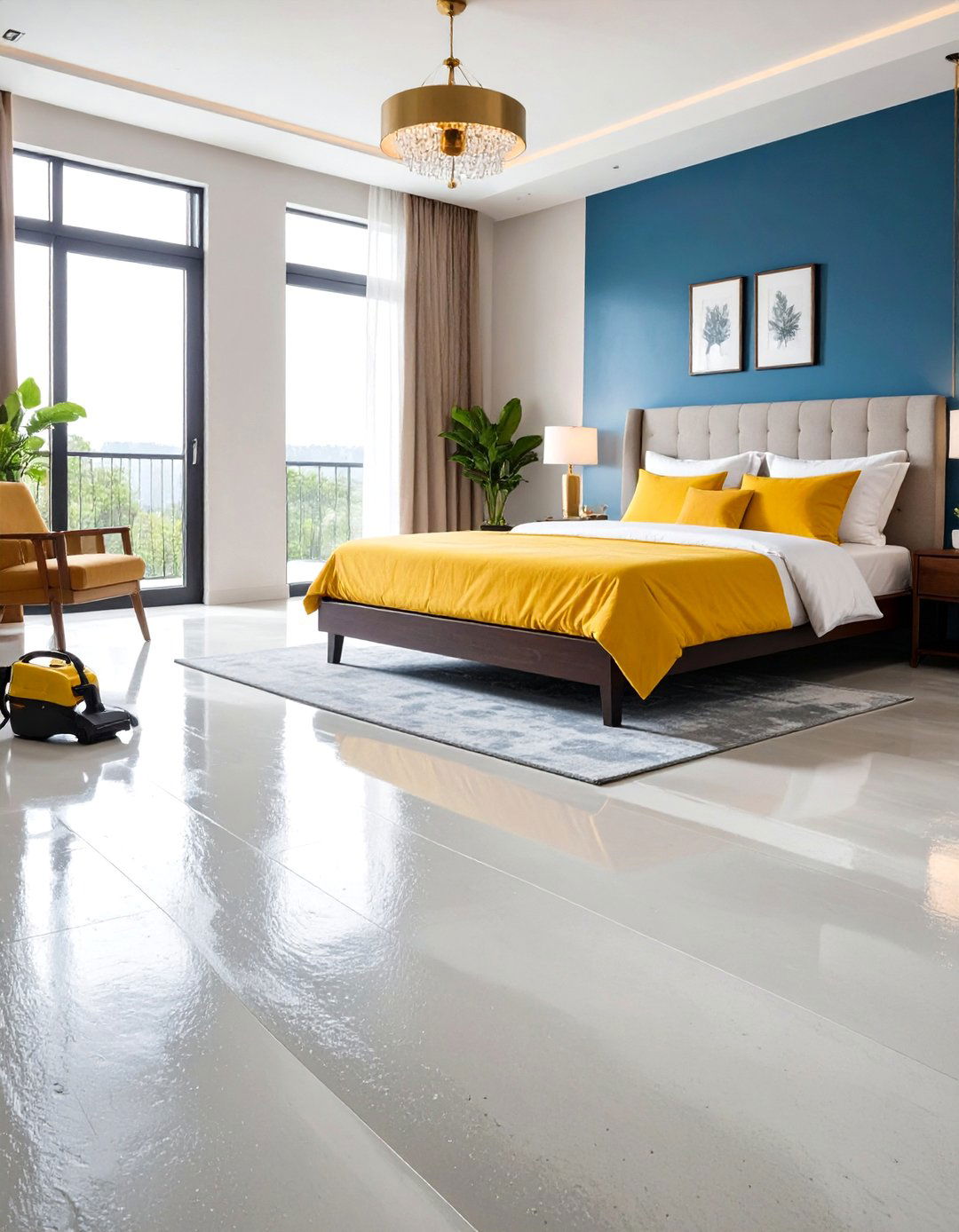
After acid staining, residual chemicals must be neutralized with a baking soda or ammonia solution, then rinsed thoroughly to halt the reaction. Failure to neutralize can leave crystalline residues that interfere with sealer adhesion and cause blotchy gloss. Use a wet-dry vacuum to remove rinse water and ensure a fully dry surface before sealing. For water-based stains, simple water rinsing and gentle cleaning suffice to clear excess pigment.
12. Sealing and Finishing
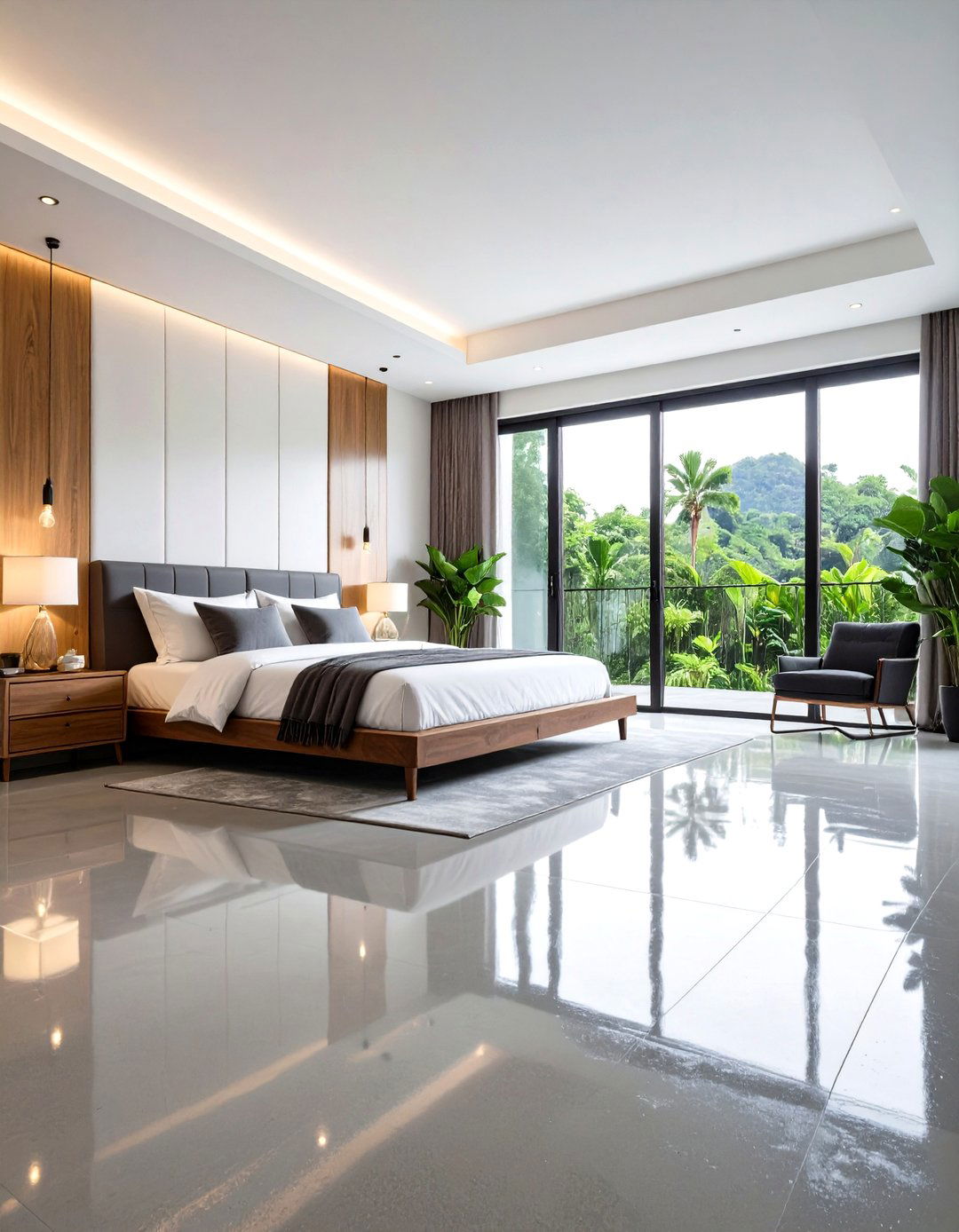
Sealers protect stained concrete from abrasion, spills, and UV damage while enhancing color richness and sheen. Choices include penetrating sealers (silicates or silanes) for matte, natural looks and topical coatings (acrylics, urethanes, epoxies) for higher gloss and chemical resistance. Typically, 2–3 coats are applied, with light buffing between coats to ensure adhesion and uniform finish. Consult manufacturer guidelines for dry and re-coat times to achieve optimal performance.
13. Maintenance and Cleaning
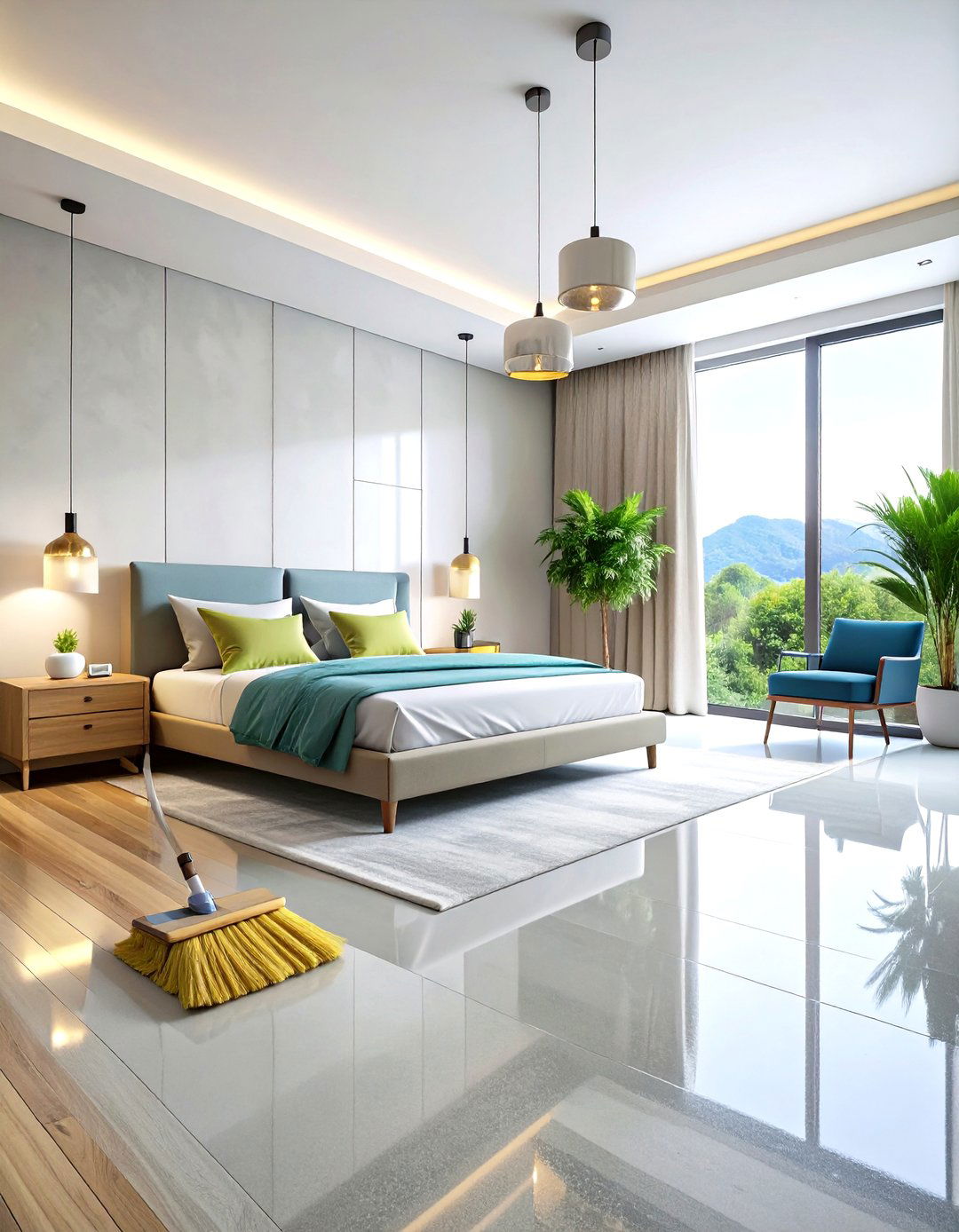
Routine cleaning of stained concrete involves dry sweeping and damp mopping with pH-neutral cleaners to remove dirt and prevent wear. Avoid harsh chemicals or acidic cleaners that can etch sealers or fade pigments. High-traffic or commercial areas may benefit from periodic reapplication of topical sealers every 2–5 years to restore gloss and protection. Prompt spill cleanup prevents staining and extends the life of the finish.
14. Durability and Lifespan
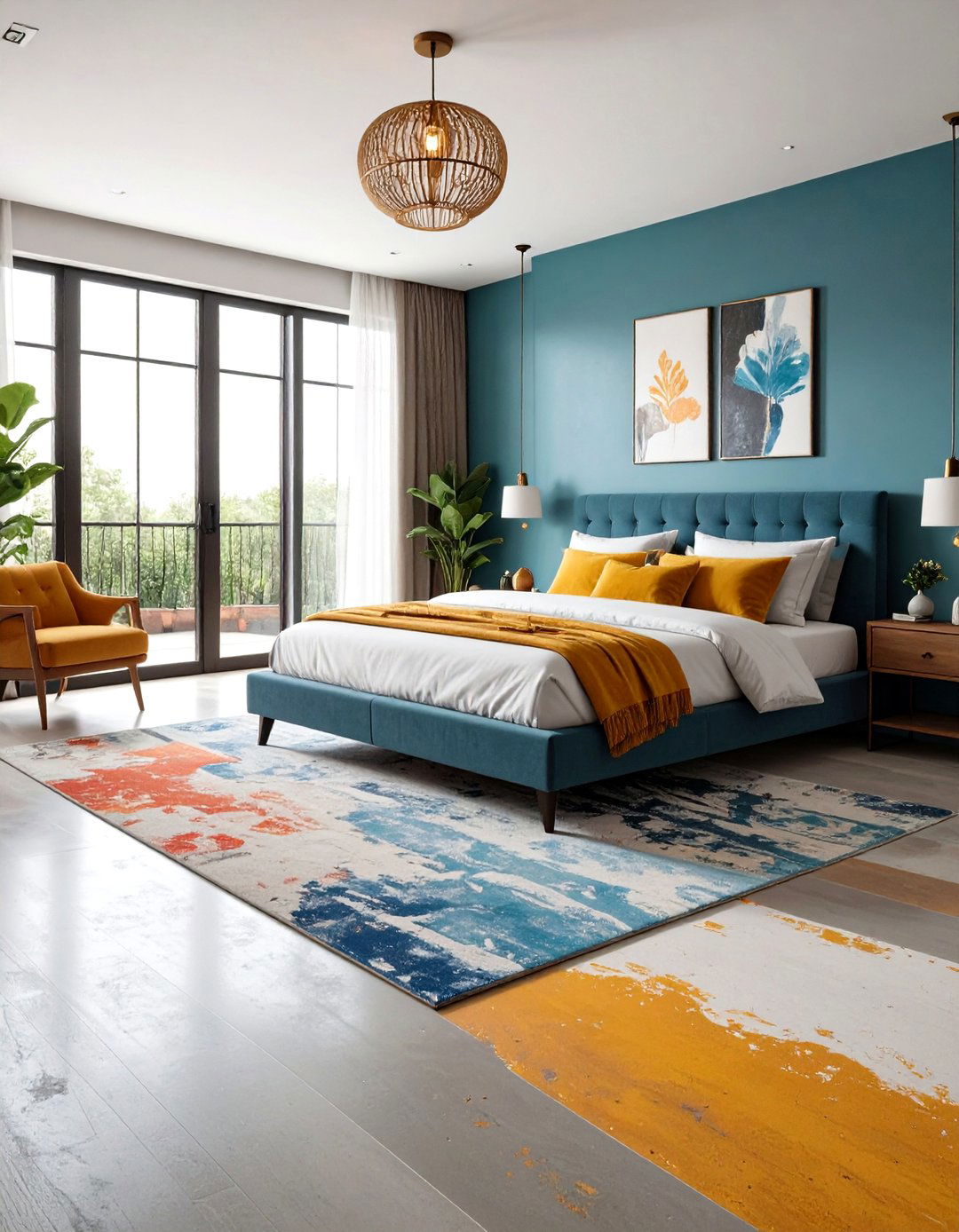
Properly installed and maintained stained concrete floors can last 20 years or more under residential use and a decade in heavy commercial settings. Their resistance to abrasion, moisture, and chemical spills outperforms many traditional floor coverings like vinyl or laminate. Sealed concrete also tolerates UV exposure better than many stains, especially when using UV-stable sealers. While scratches or dulling may occur, resurfacing and recoating are straightforward, avoiding full floor replacement.
15. Cost Factors and Budgeting
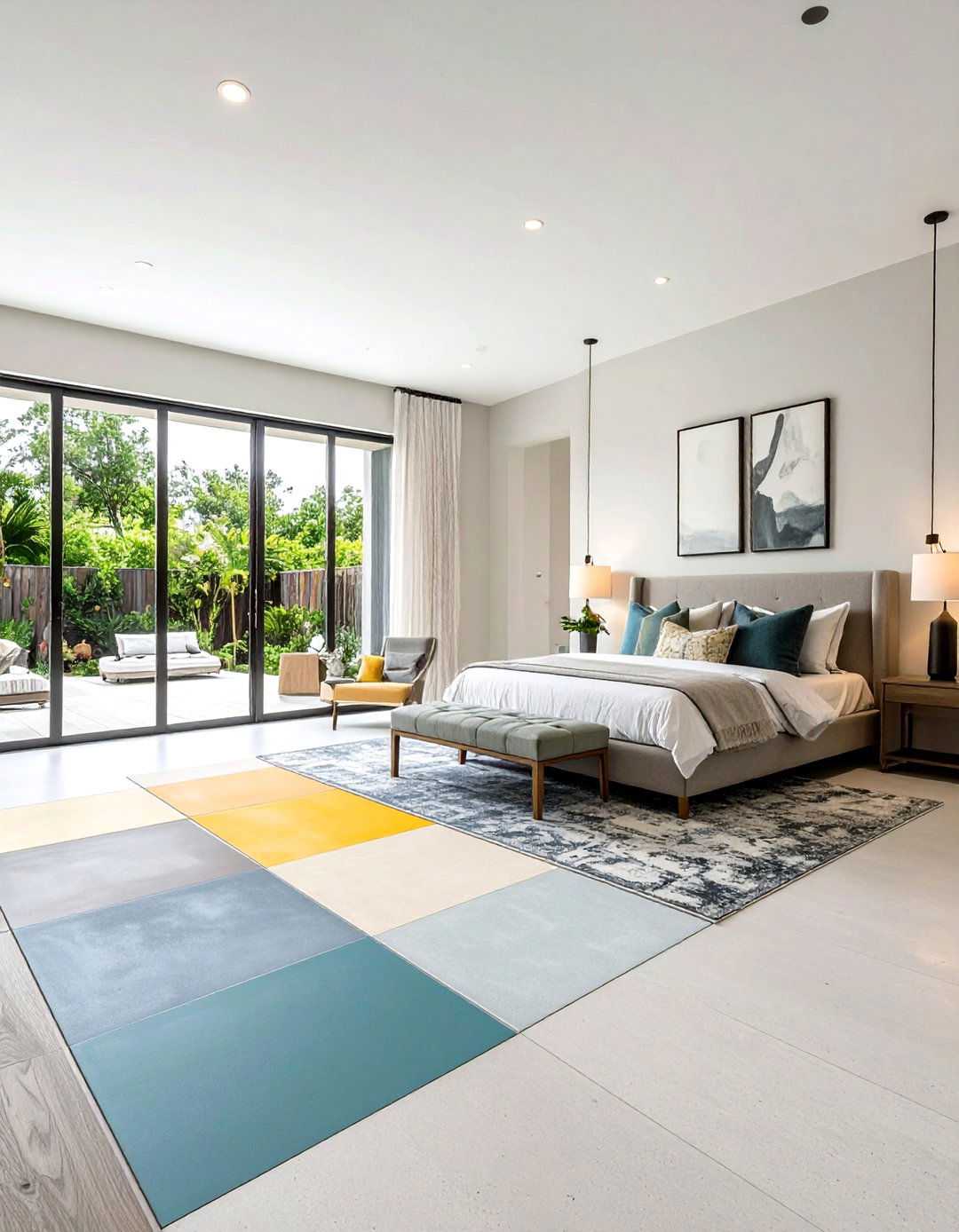
Basic stained concrete installations range from $2 to $6 per square foot for simple, single-color applications, while mid-range projects with multi-color stains and polishing cost $7 to $14 per square foot. Costs rise for intricate designs, metallic effects, or extensive surface repairs before staining. Labor comprises much of the expense—professional contractors ensure optimal prep, application, and sealer performance, though DIY kits are available for budget-minded homeowners.
16. Environmental and Health Considerations
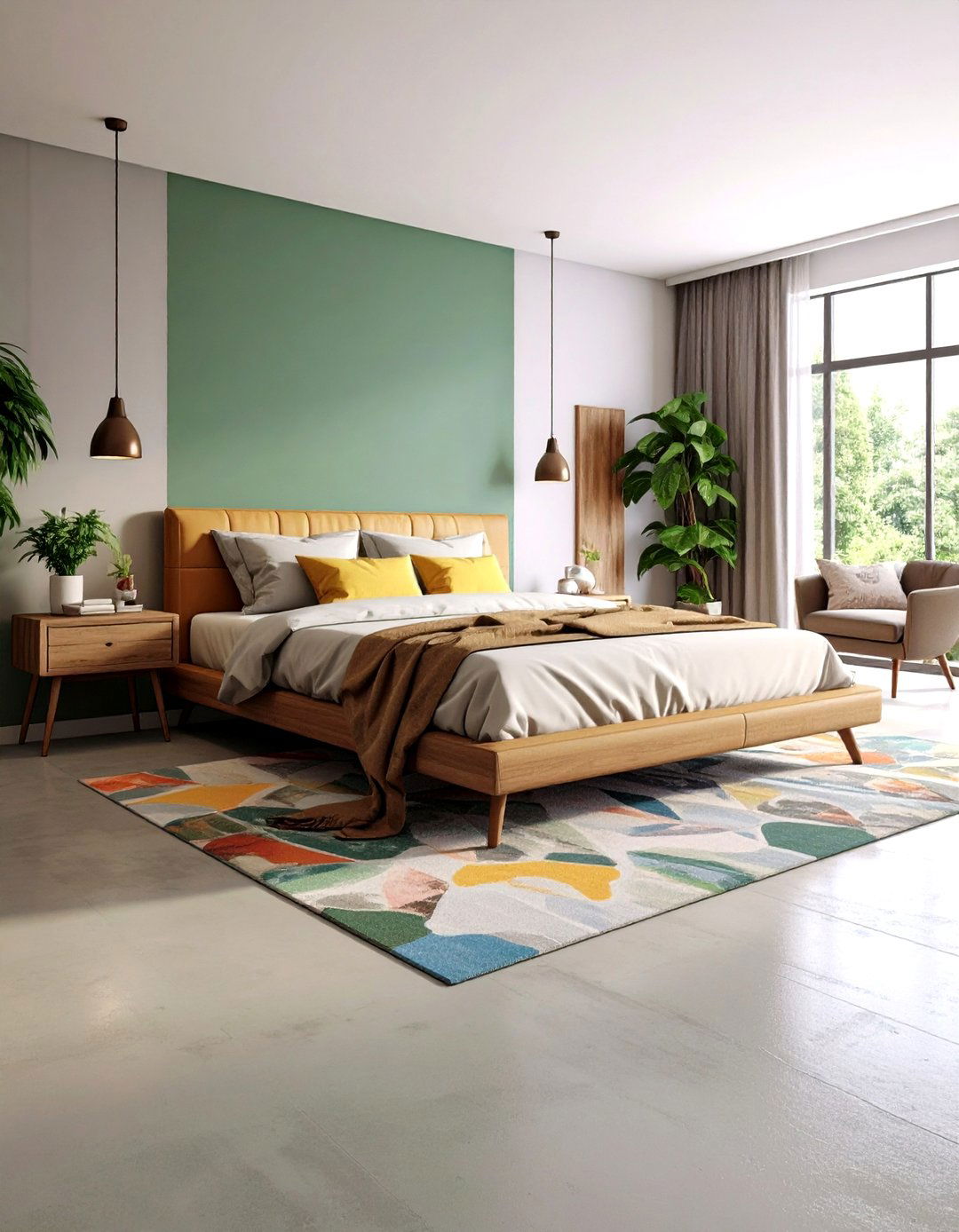
Stained concrete floors contribute to sustainable building by utilizing existing slabs and reducing the need for additional materials like carpet or tile. Low-VOC water-based stains and sealers improve indoor air quality compared to solvent-based coatings. Concrete’s thermal mass enhances energy efficiency in heated or cooled spaces, moderating indoor temperatures. Additionally, the long lifespan minimizes waste and disposal impacts over the building’s life cycle.
17. DIY vs. Professional Installation
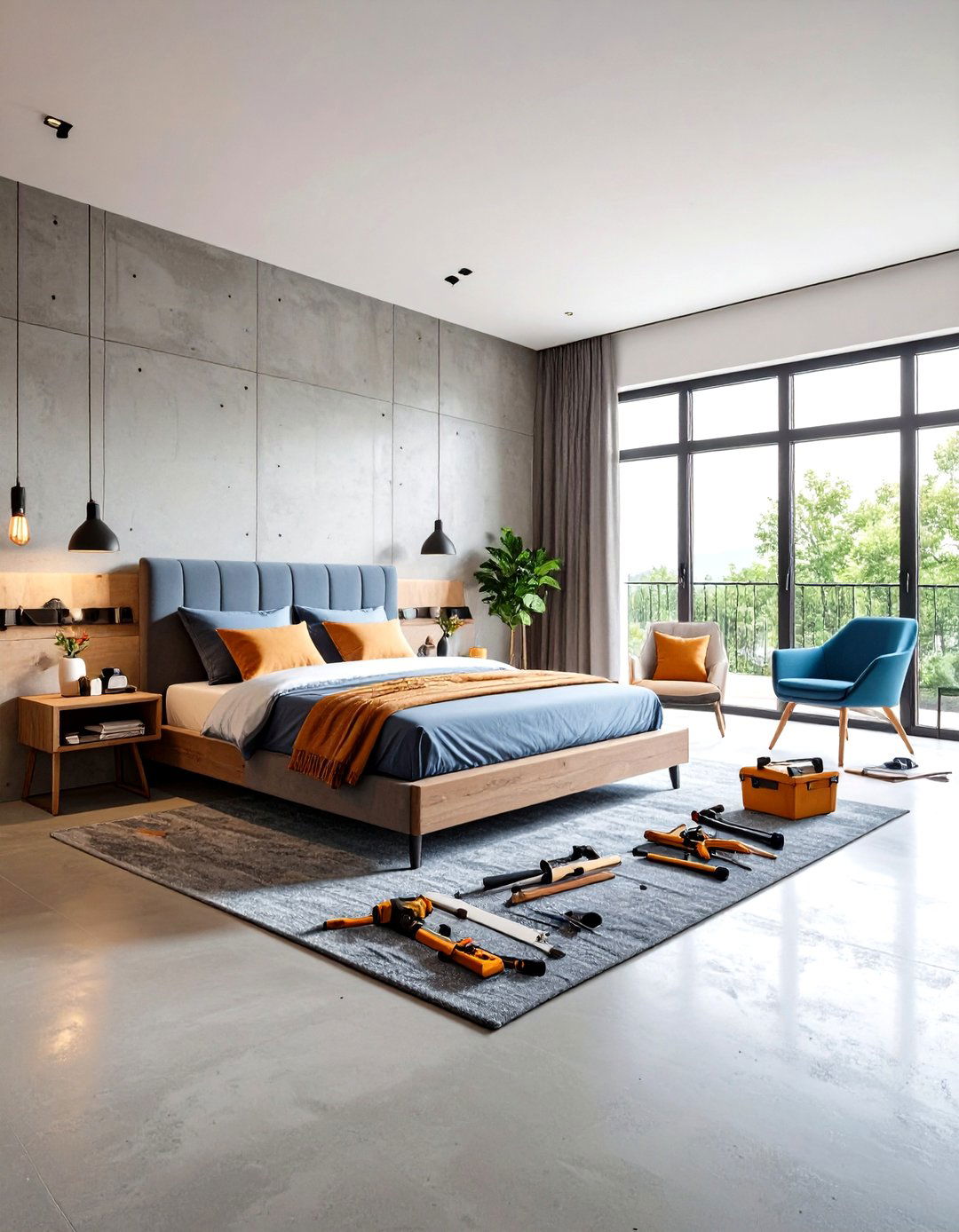
DIY staining can be rewarding for small, straightforward areas, with stain kits and tutorials available from retailers like Lowe’s and The Home Depot. However, achieving even color, seamless blending, and proper sealing often requires professional expertise, especially for large or complex designs. Professionals handle slab repairs, moisture mitigation, and precision application to avoid costly mistakes, making them the preferred choice for commercial or high-value residential projects.
18. Common Mistakes to Avoid
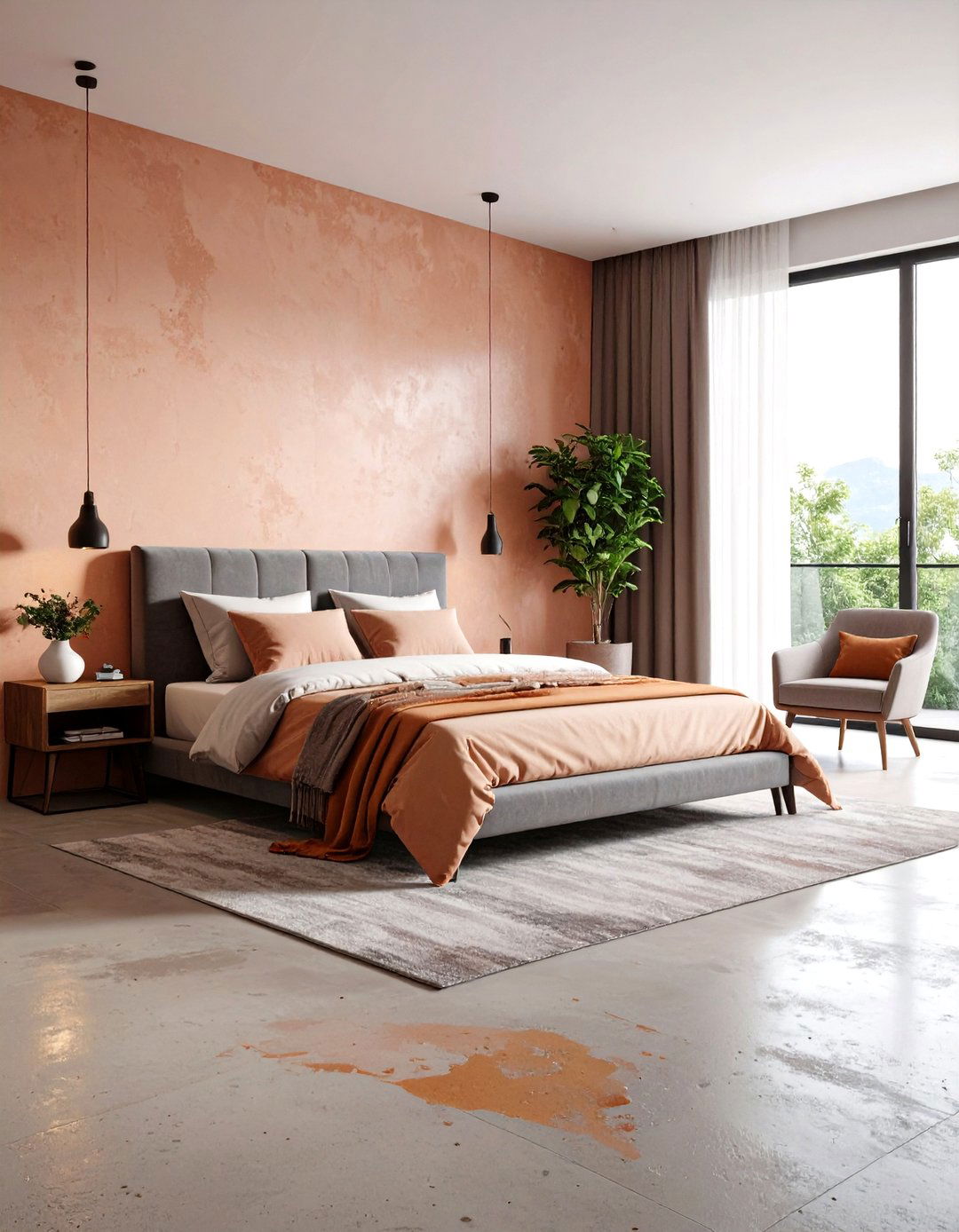
Skipping thorough surface cleaning and pore opening leads to uneven stain absorption and blotches. Over-application of stain creates puddles and drips that dry darker, while under-application yields patchy color. Neglecting neutralization after acid stains can prevent sealer adhesion and cause white residue. Finally, choosing improper sealers or applying too few coats compromises durability and gloss retention.
19. Trends and Innovations
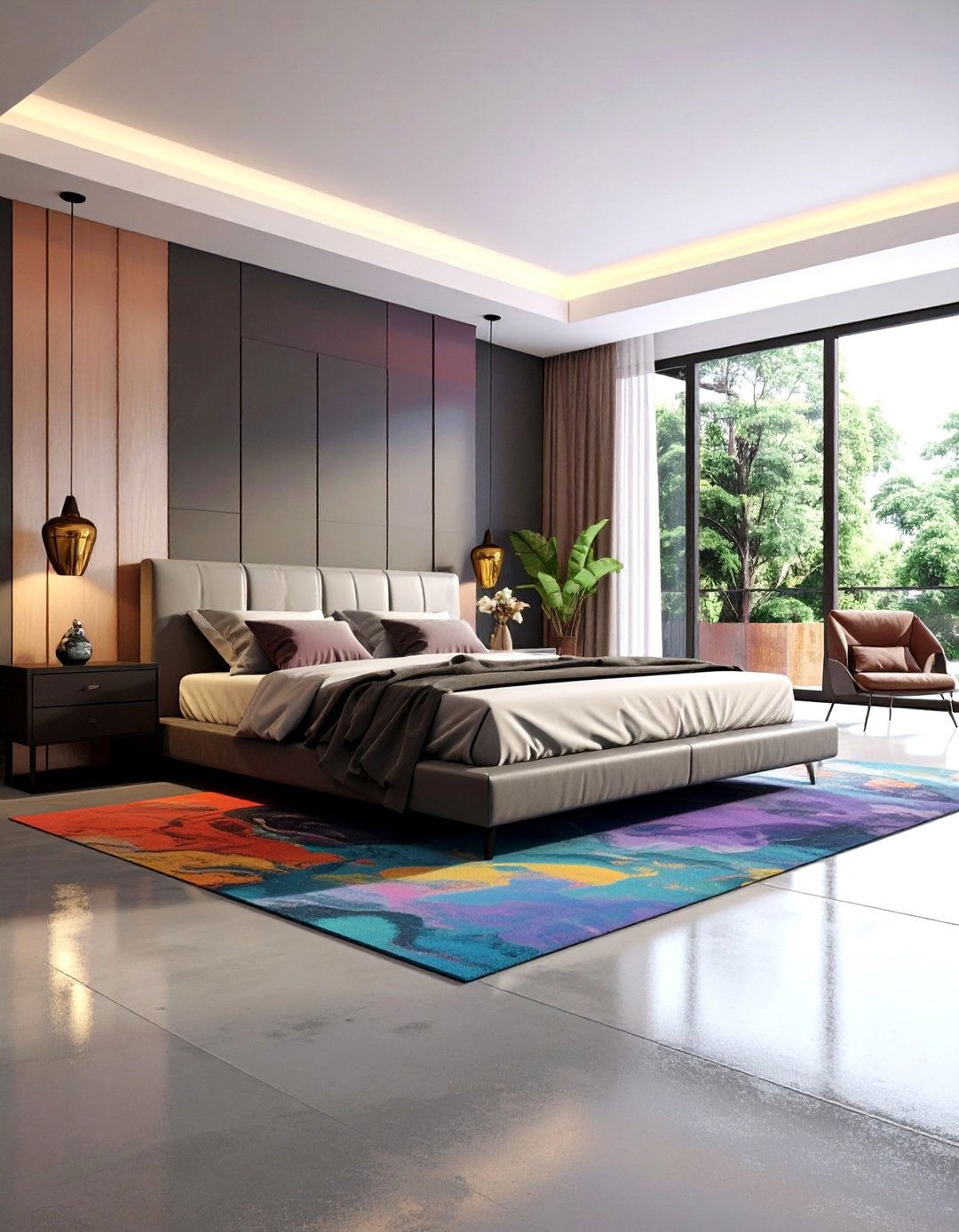
Recent trends include integrating metallic pigments for shimmering effects, using eco-friendly, low-VOC products, and combining stains with epoxy for ultra-durable, high-gloss finishes. Advances in water-based stains now mimic the reactive variegation of acid stains without harsh chemicals. Smart sealers that self-heal minor scratches and UV-stable formulas for outdoor use are also emerging, extending the lifespan and performance of stained concrete.
20. Case Studies and Inspirations
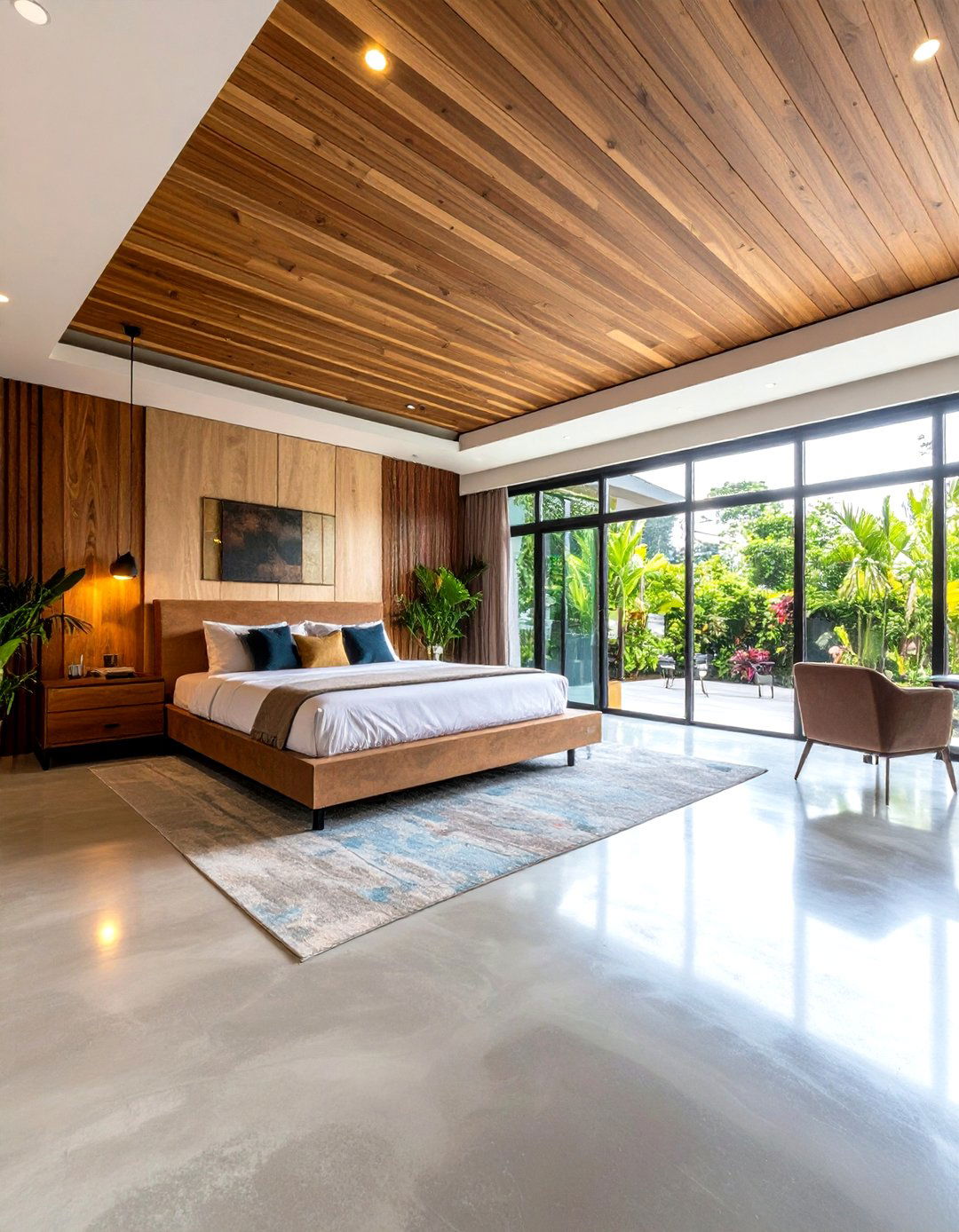
Commercial spaces like breweries and retail stores showcase stained concrete’s ability to incorporate logos and color schemes directly into the floor for branding impact. Residential installations range from rustic basement floors to sleek urban lofts, often paired with polished finishes for a contemporary look. Patio and pool decks benefit from textured, slip-resistant stains that blend durability with design. Sample boards and project galleries from ConcreteNetwork and Bob Vila offer ample inspiration for unique applications.
Conclusion:
Stained concrete floors combine aesthetic versatility, durability, and sustainability to suit a wide array of residential and commercial applications. By choosing the appropriate stain type, preparing the surface meticulously, and applying high-quality sealers, homeowners and designers can achieve striking, long-lasting finishes. Whether opting for the chemical depth of acid stains or the uniform tones of water-based products, understanding the nuances of color, application, and maintenance ensures optimal results. As innovations like metallic pigments and smart sealers emerge, stained concrete remains at the forefront of decorative flooring, offering both creative freedom and practical resilience.



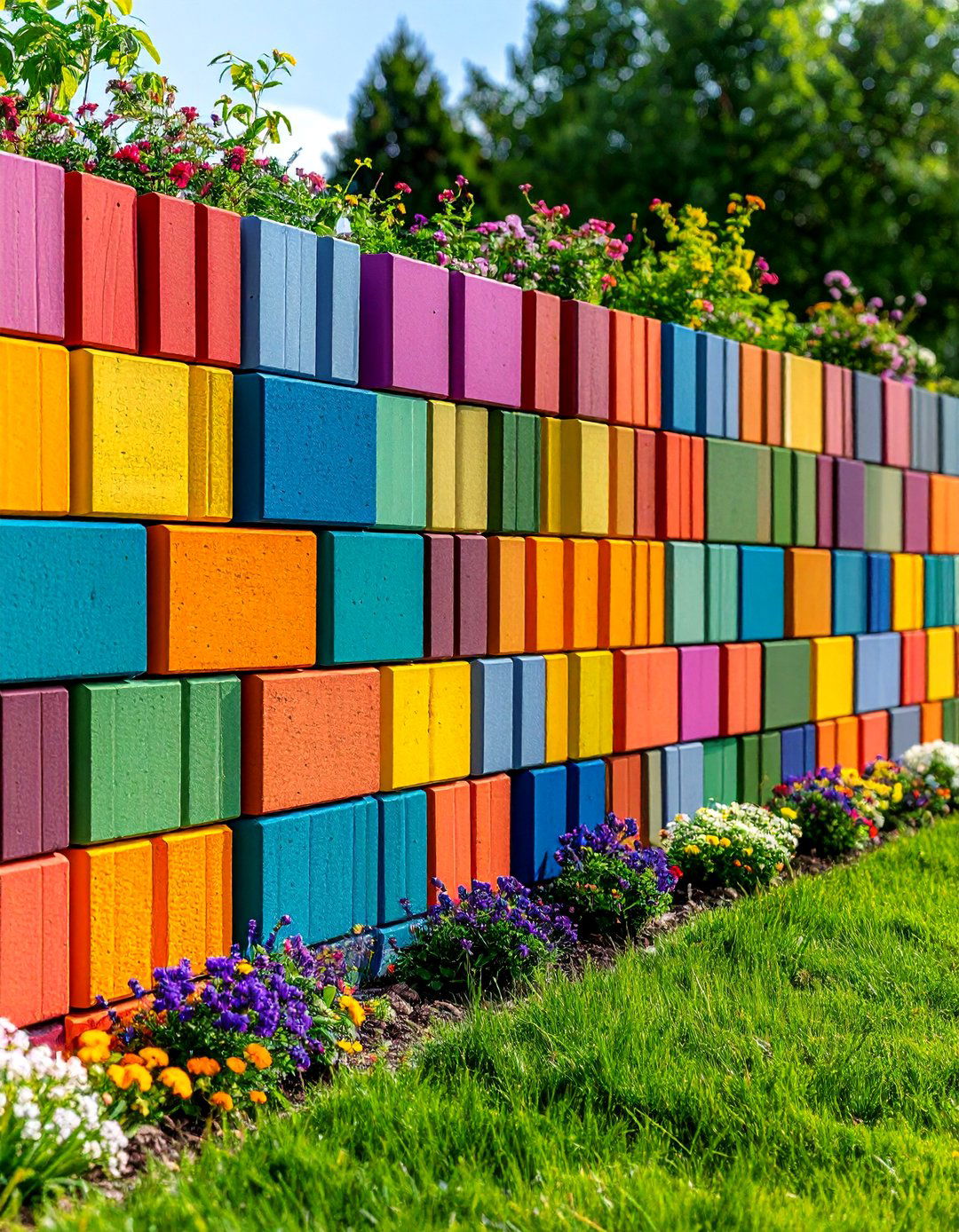
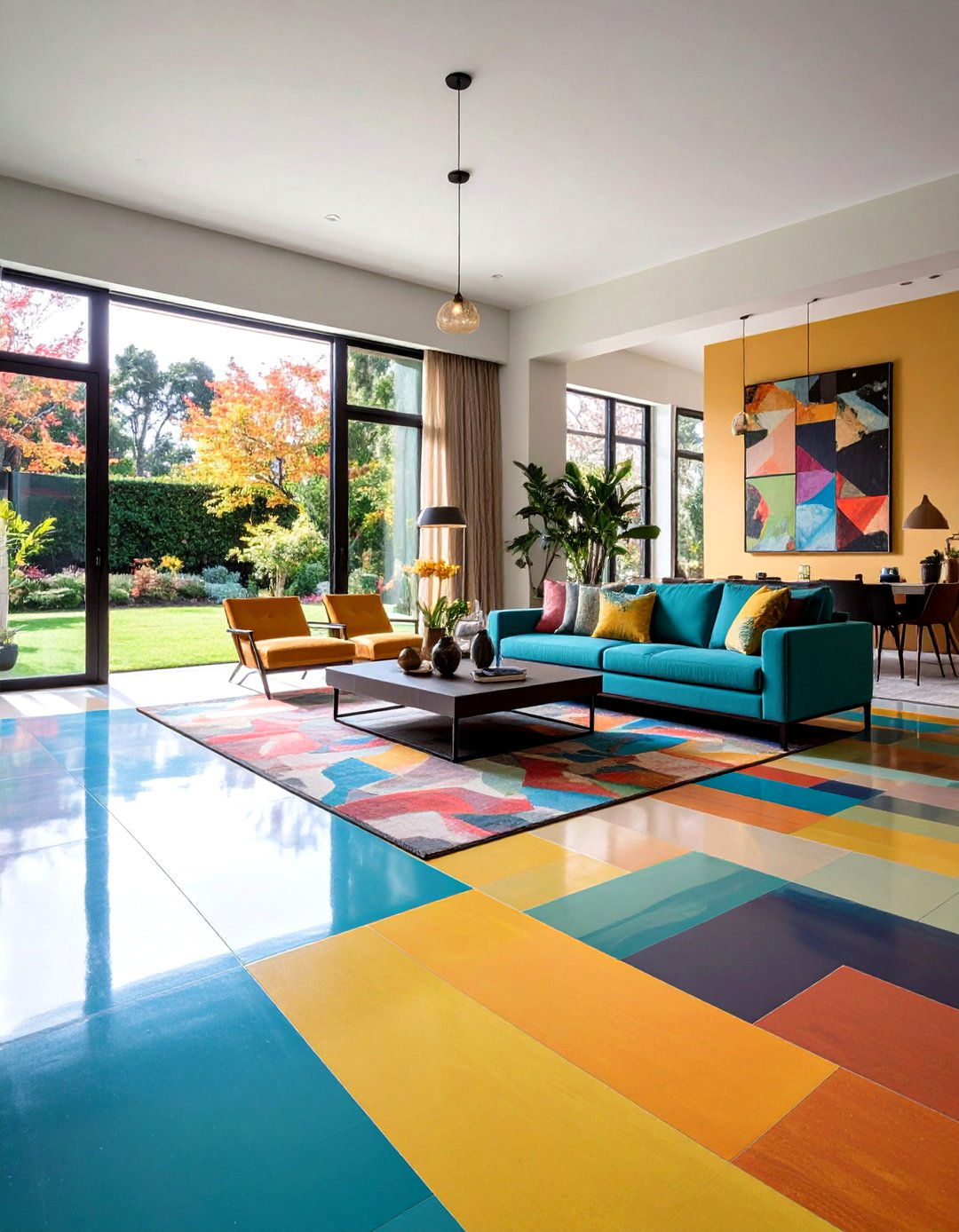
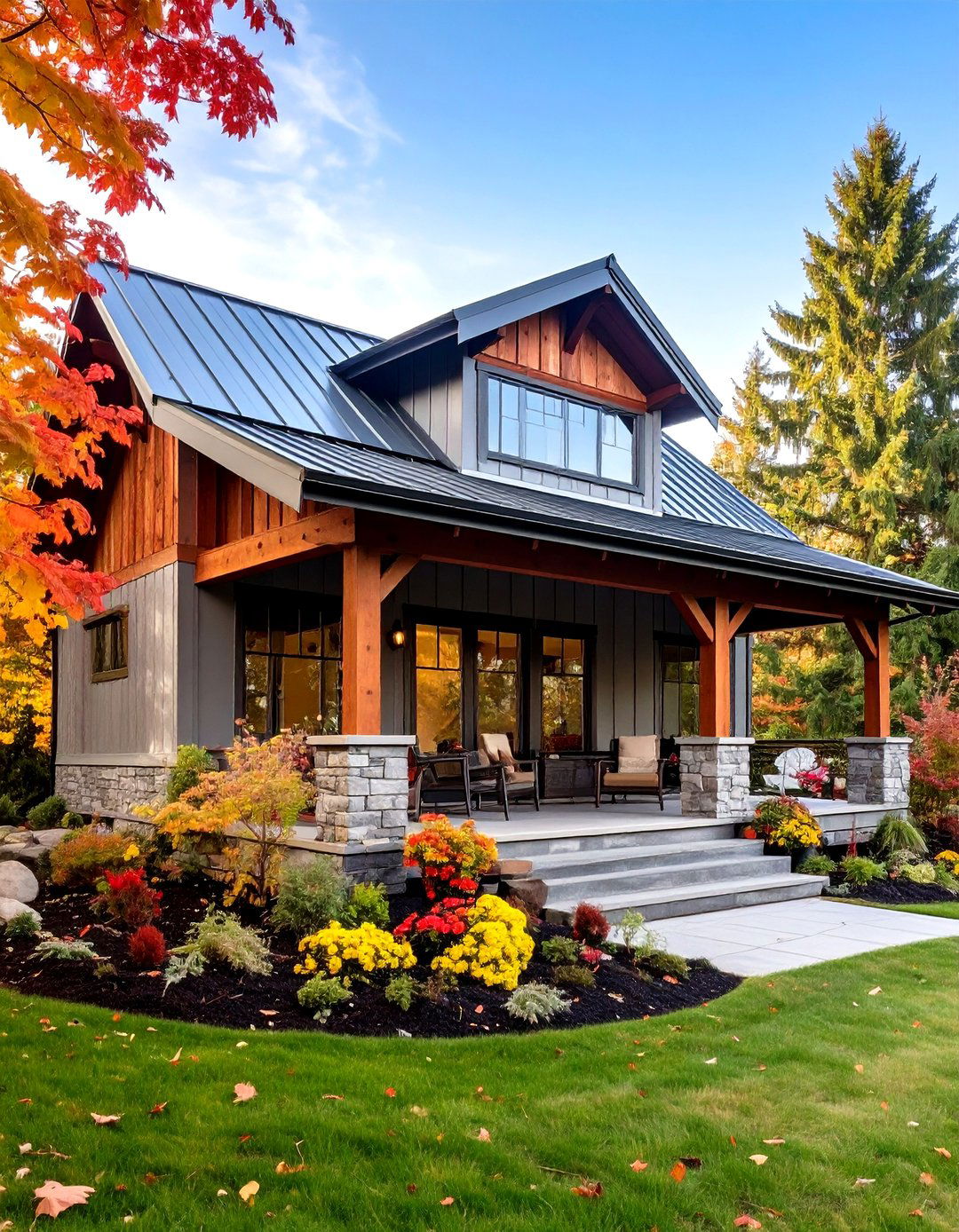
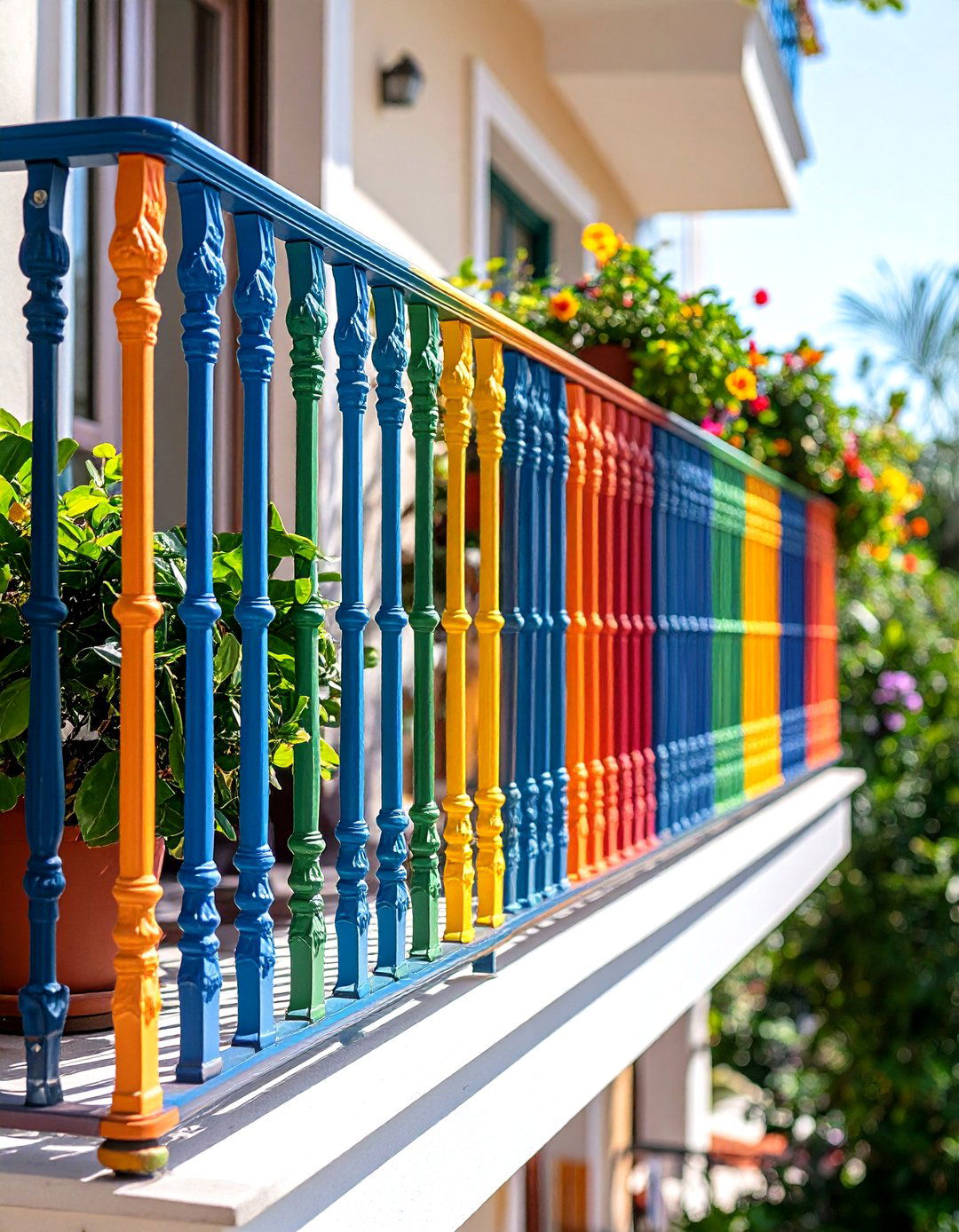
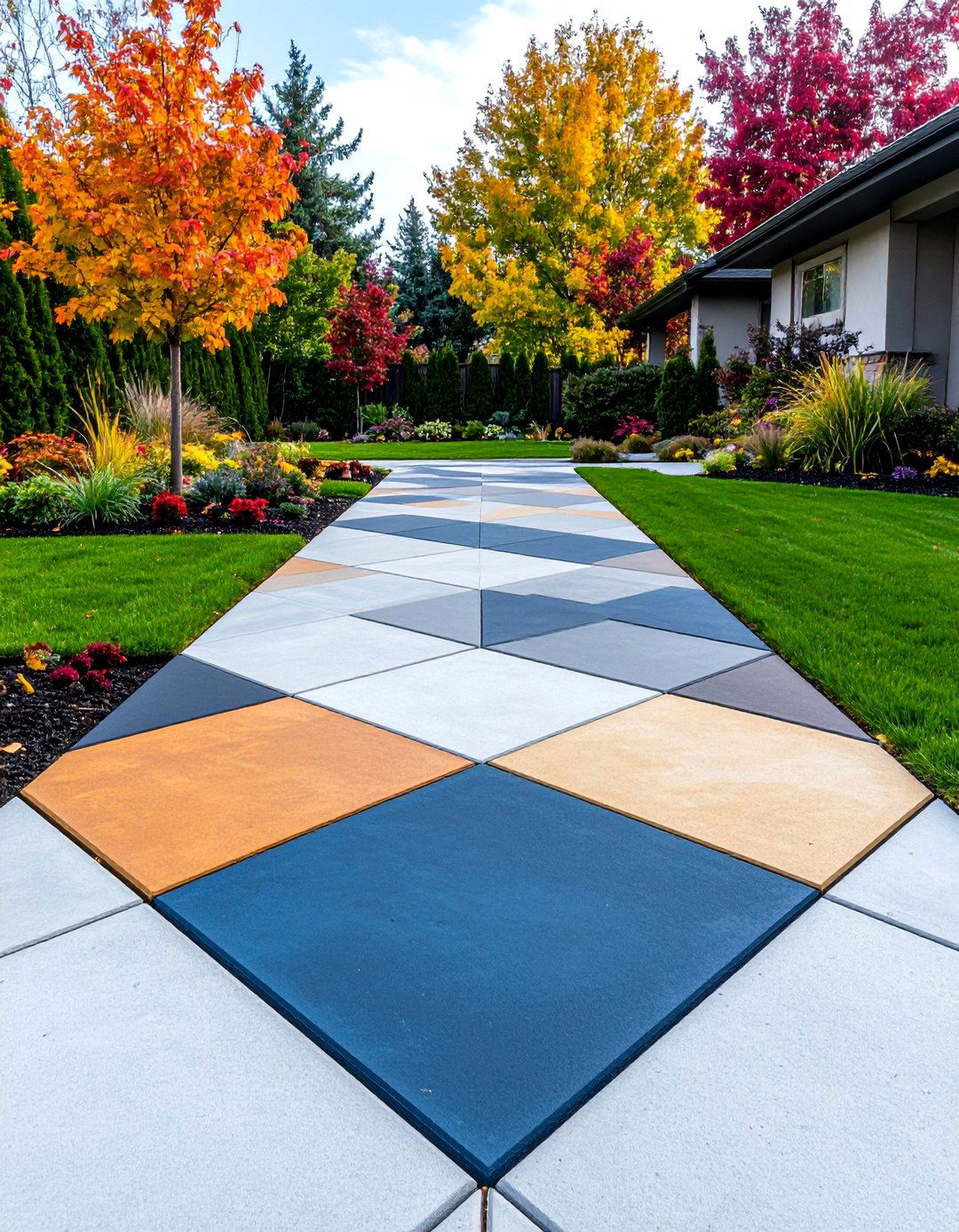
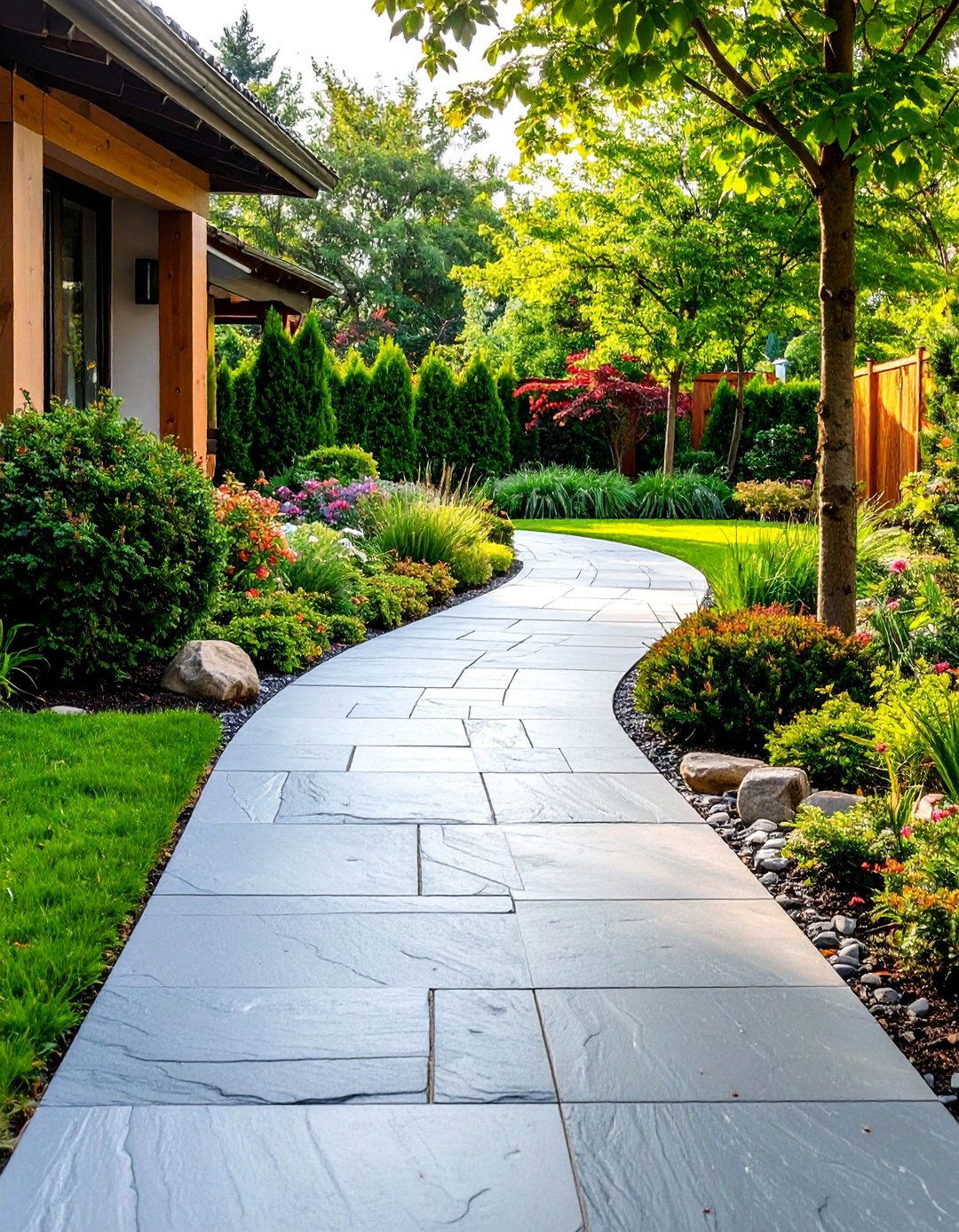
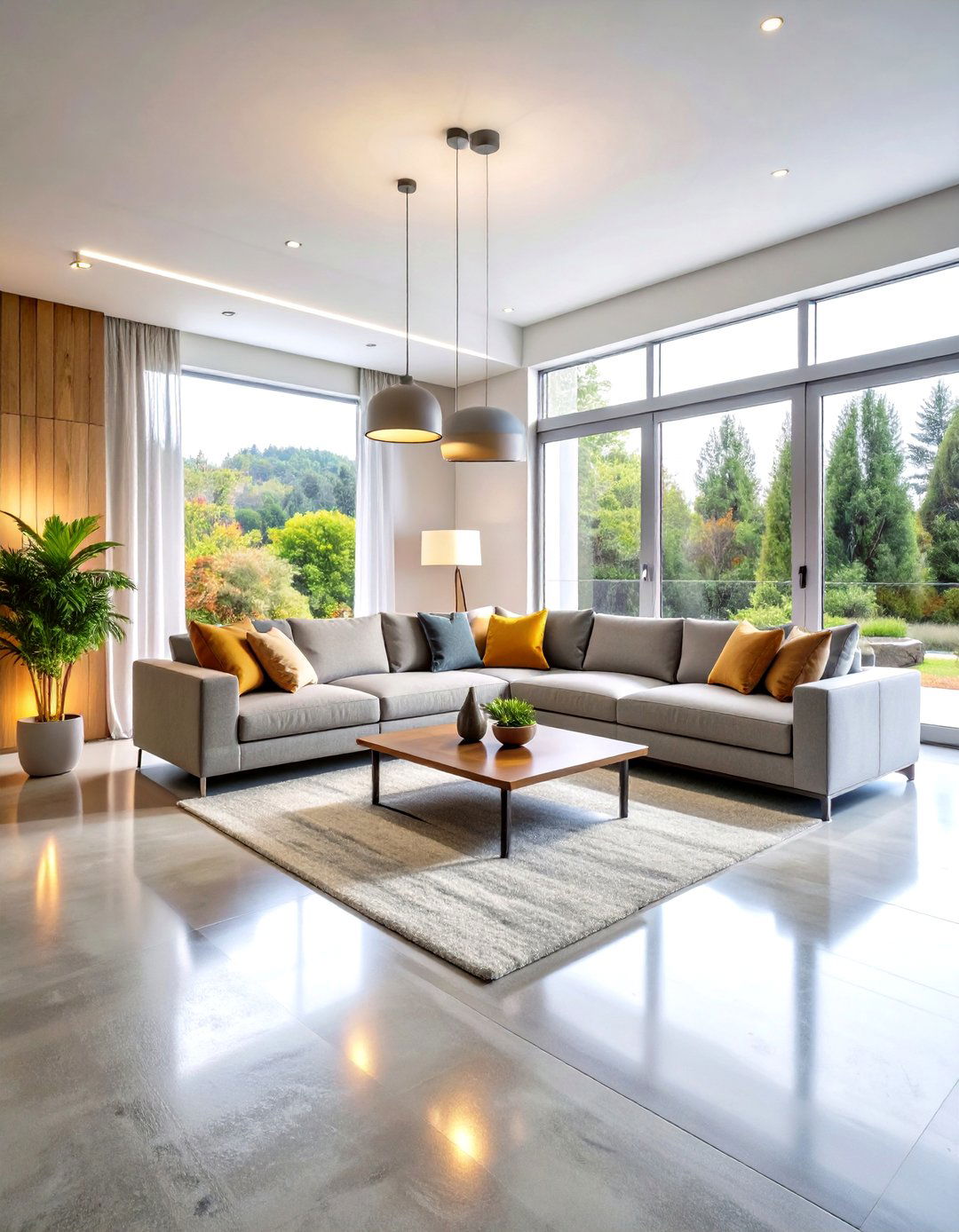
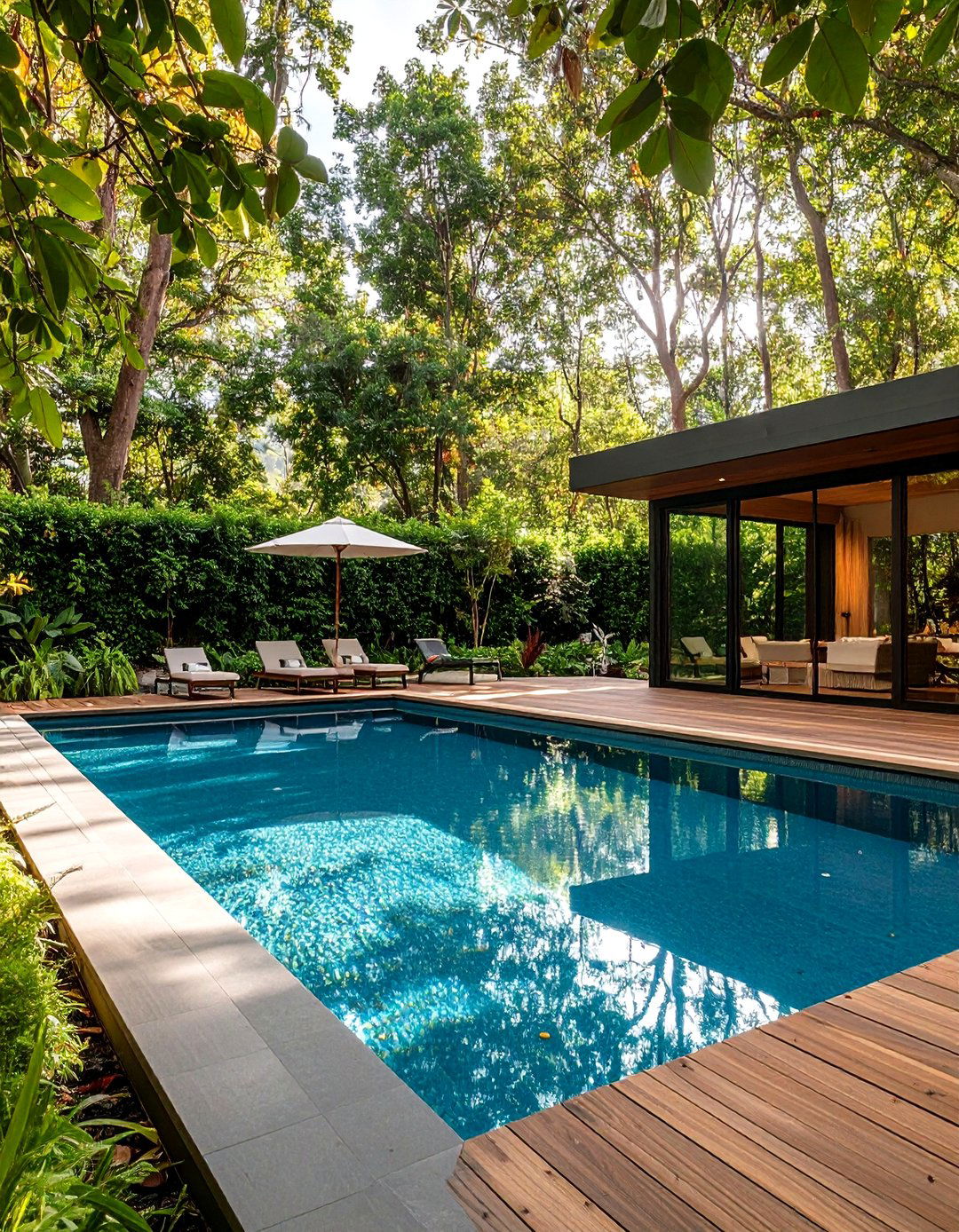
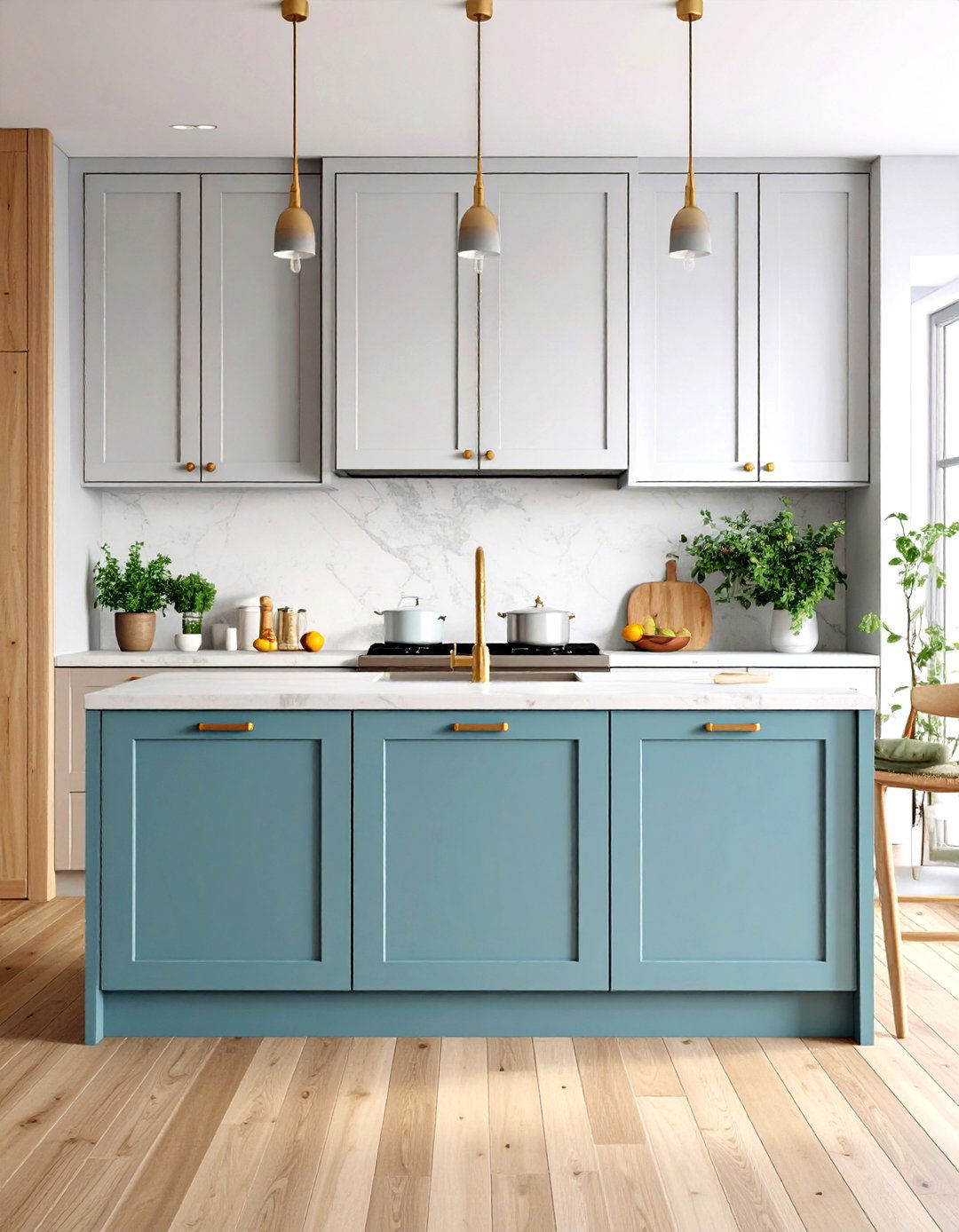
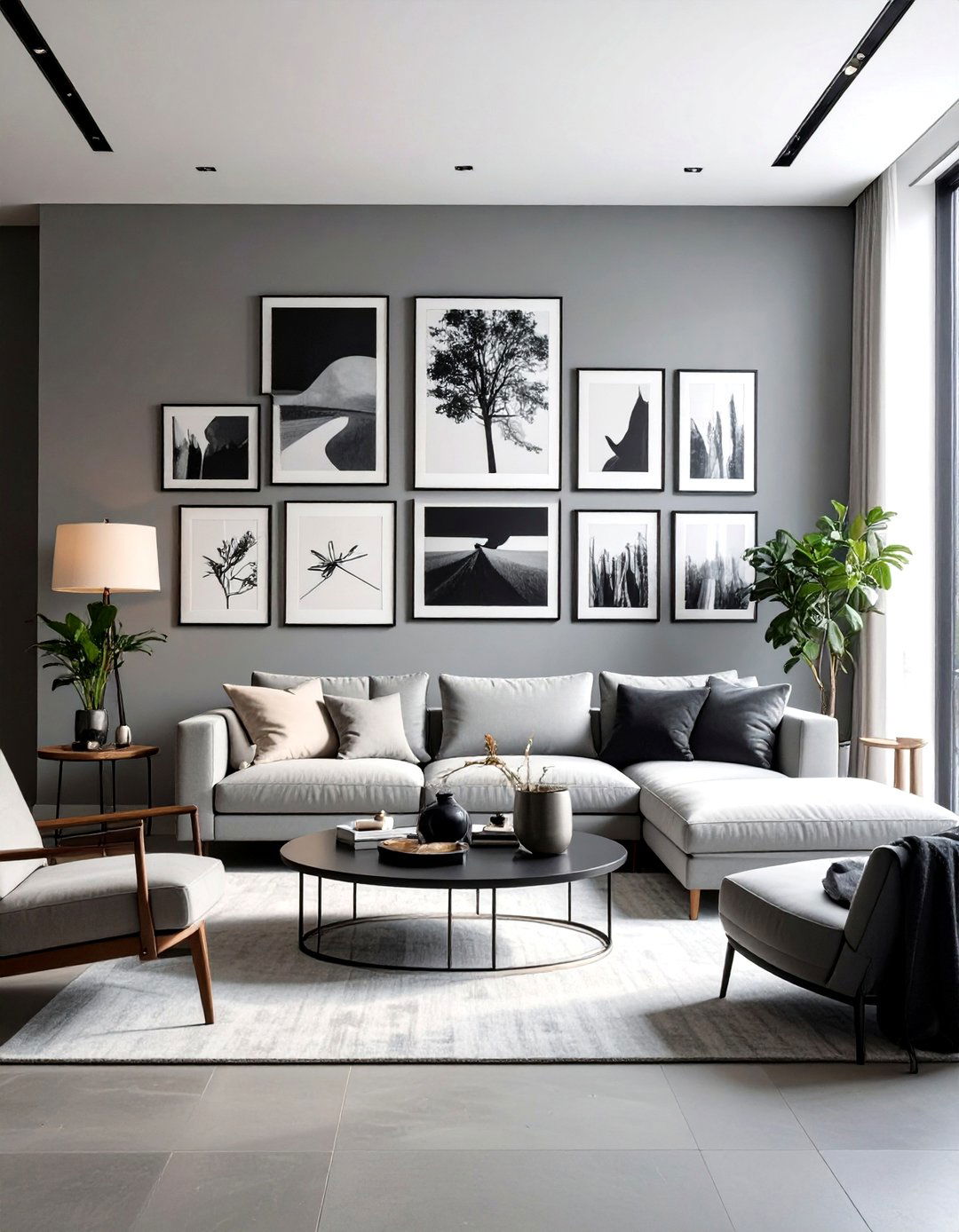
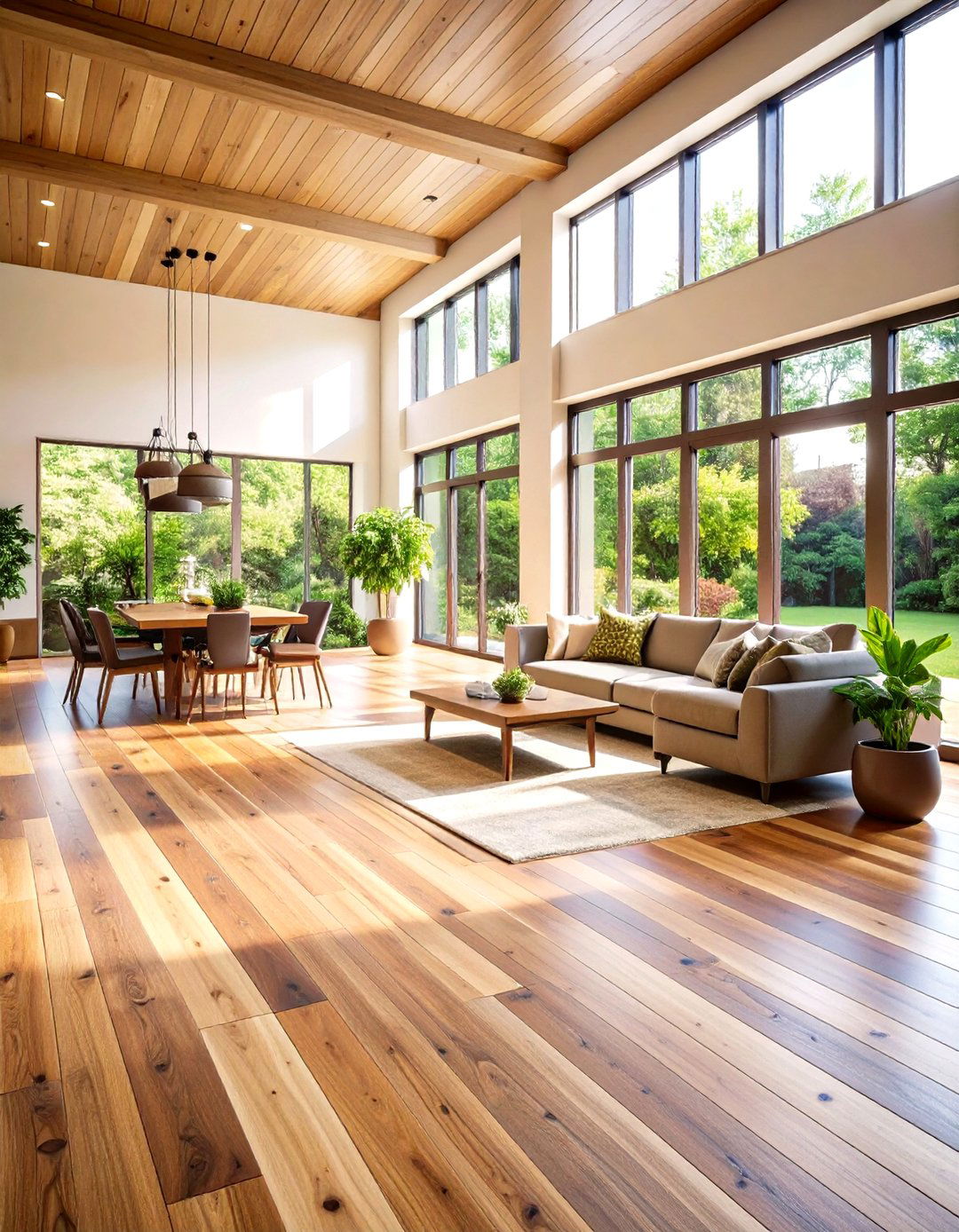



Leave a Reply